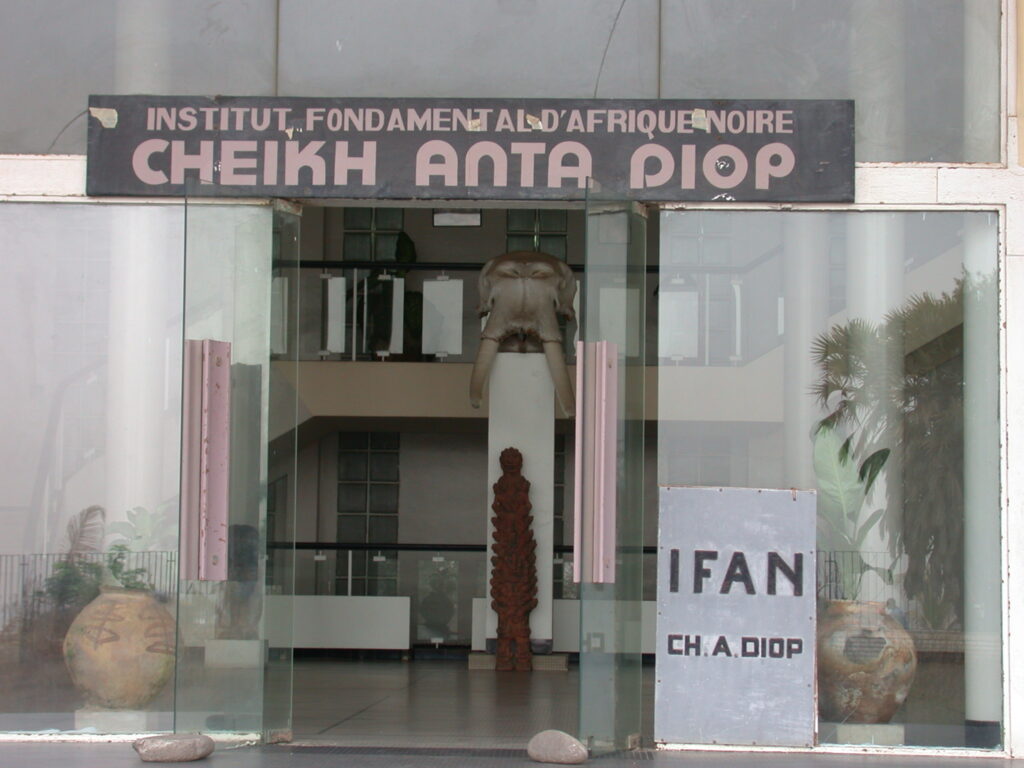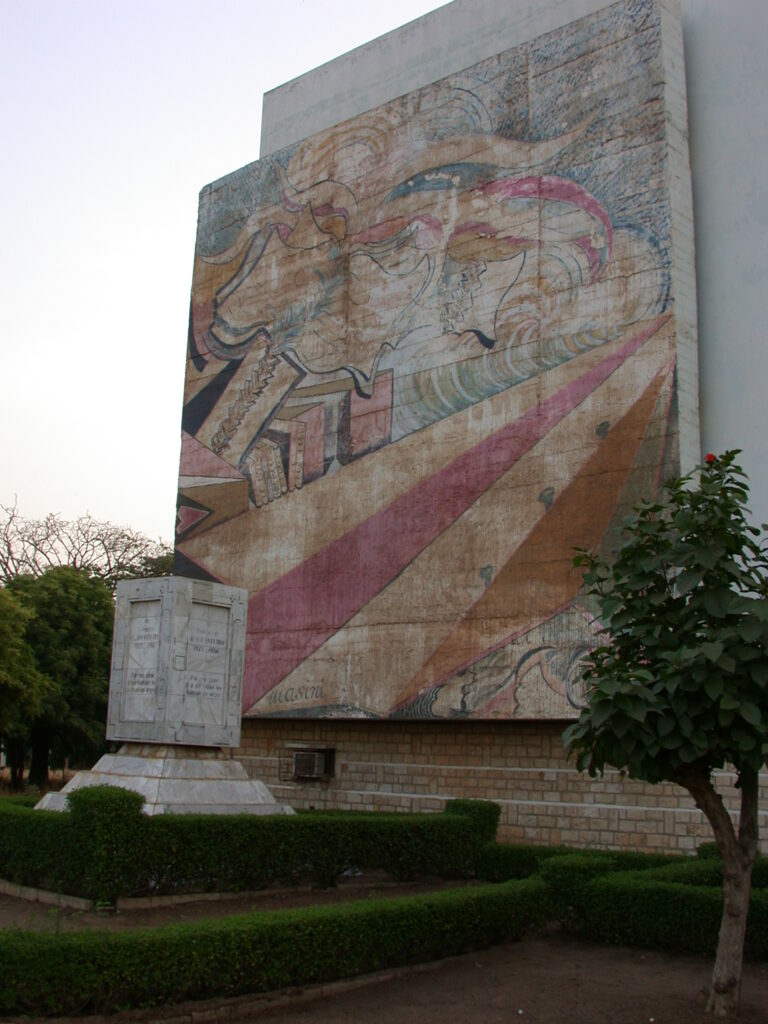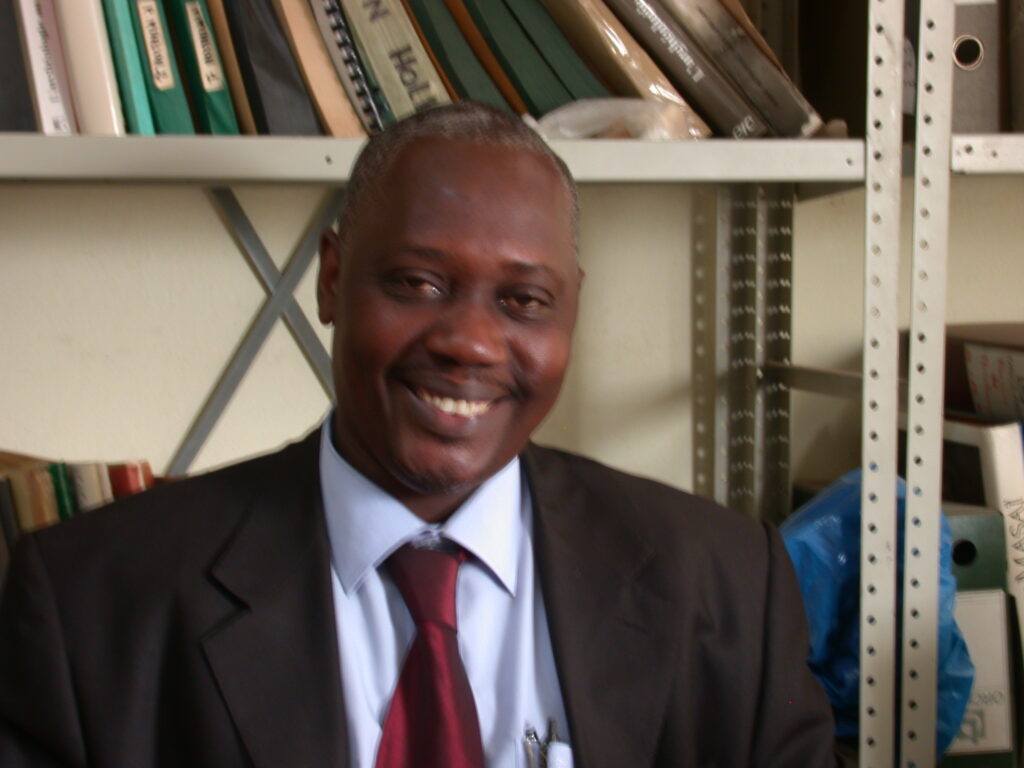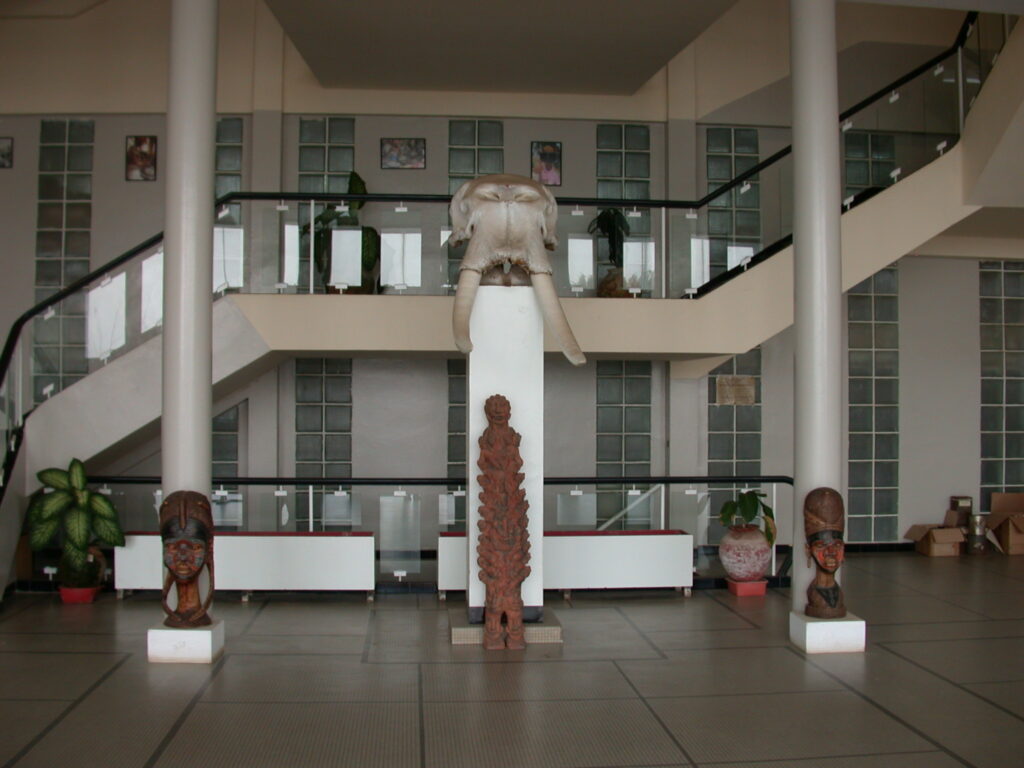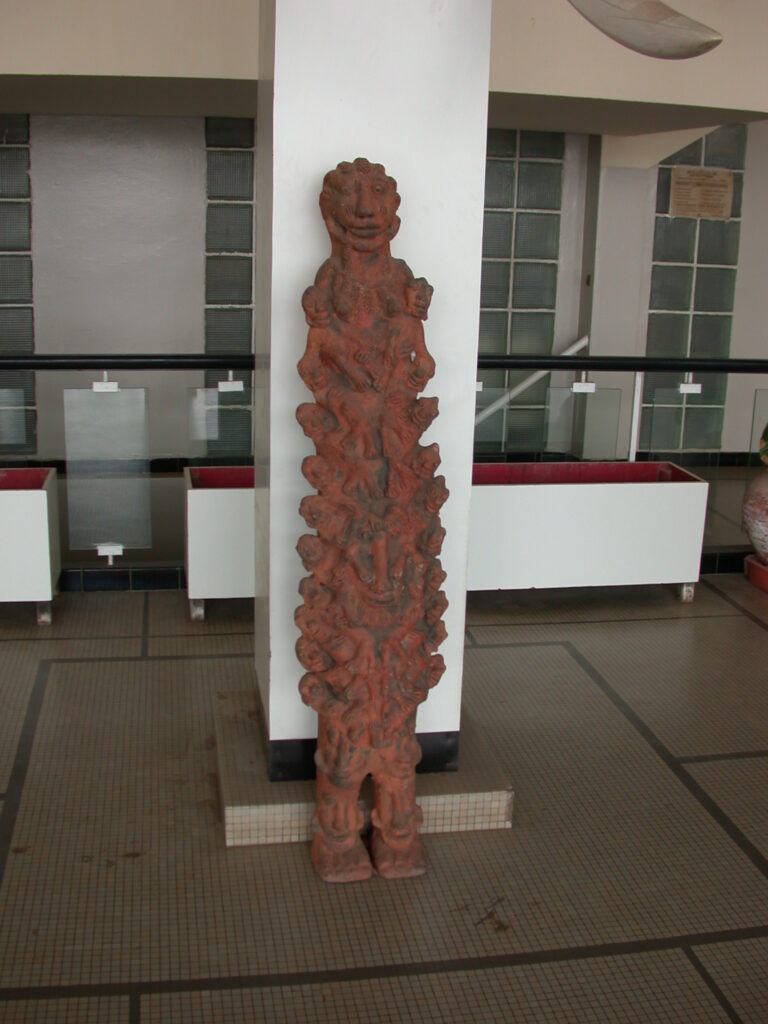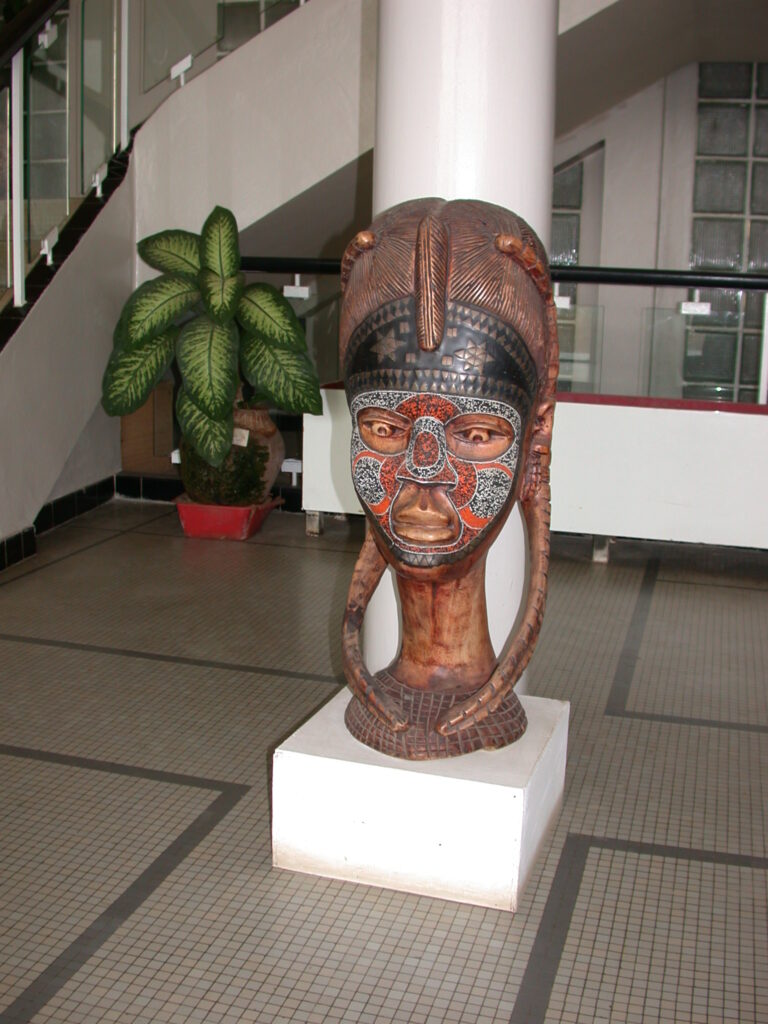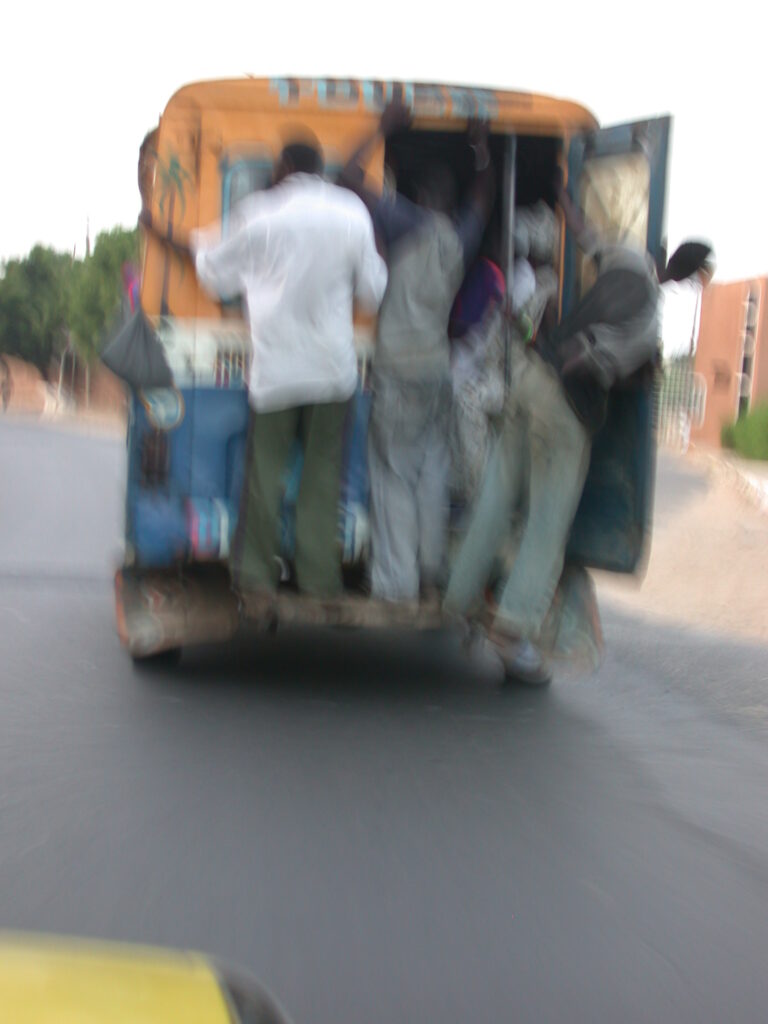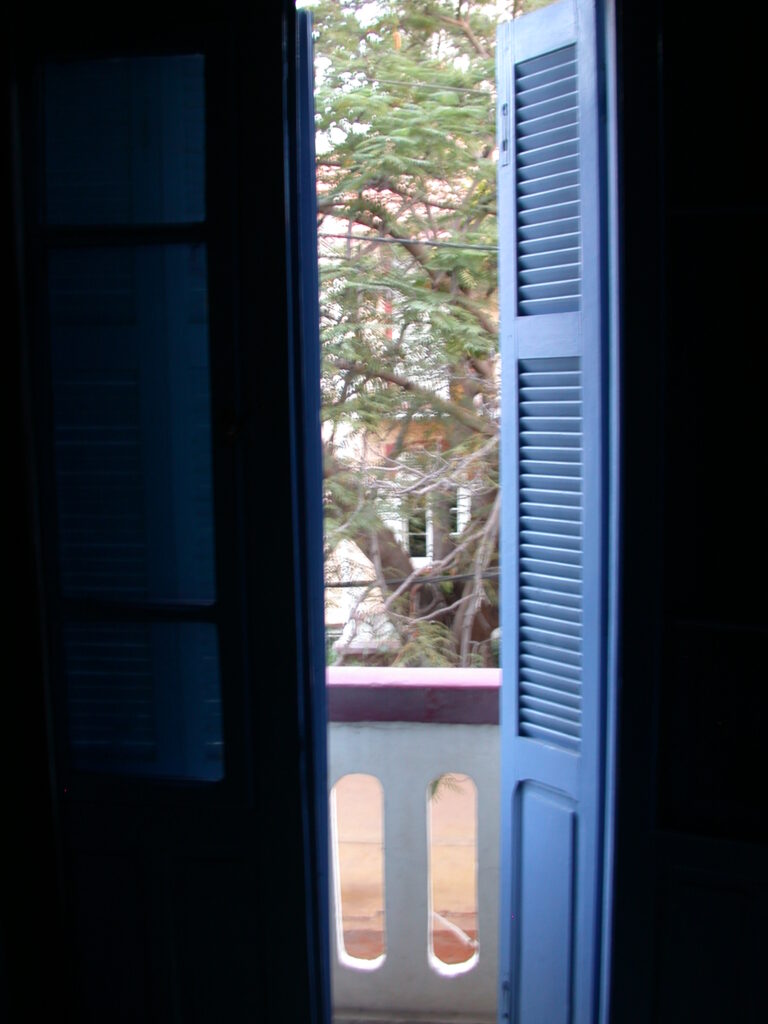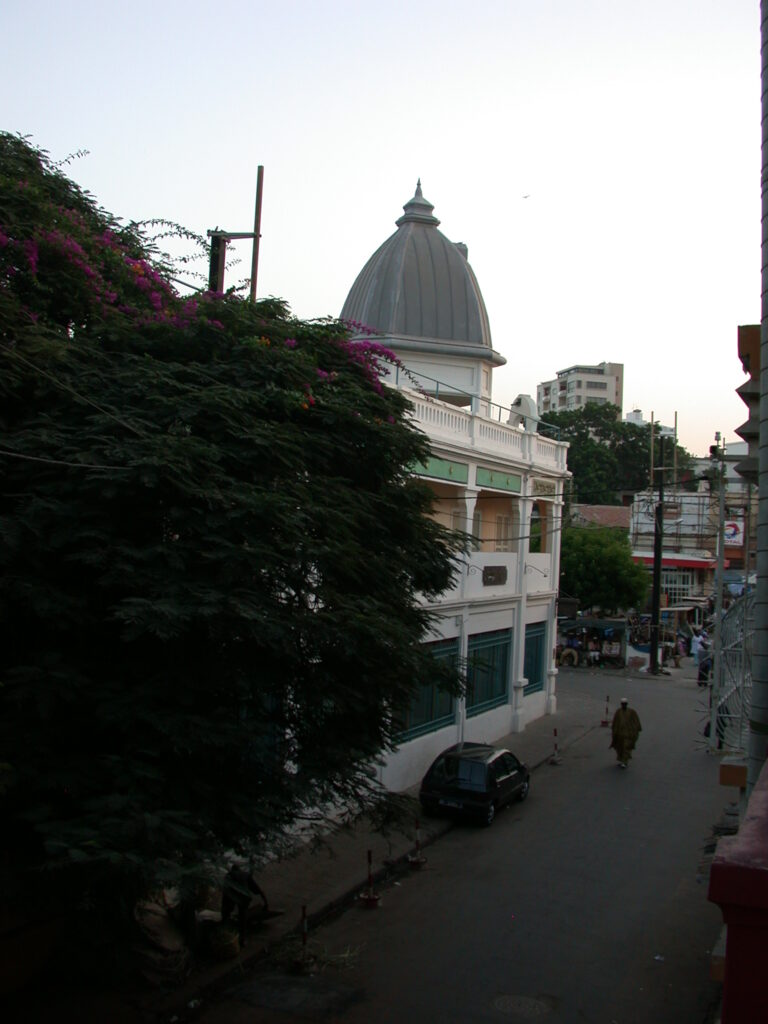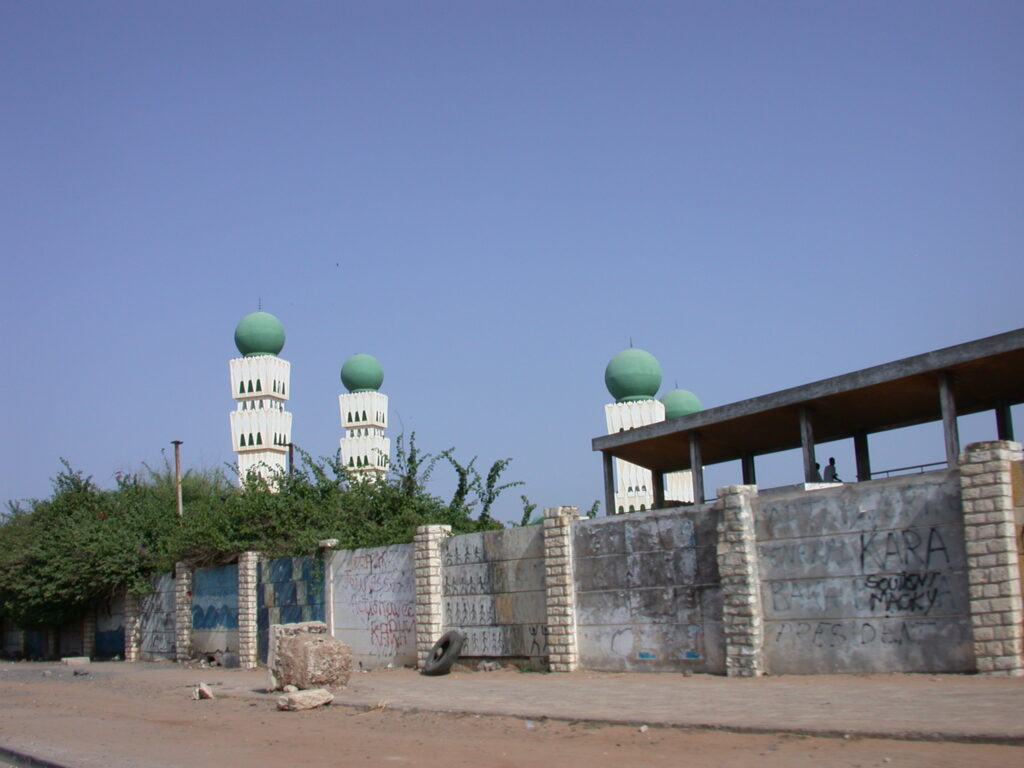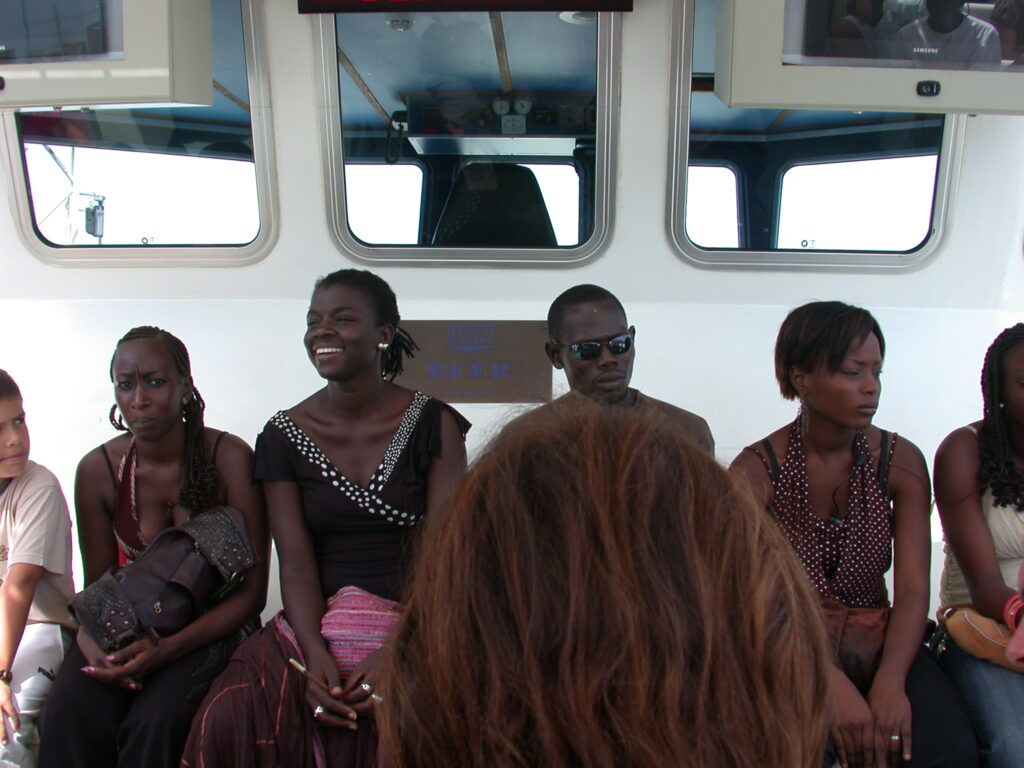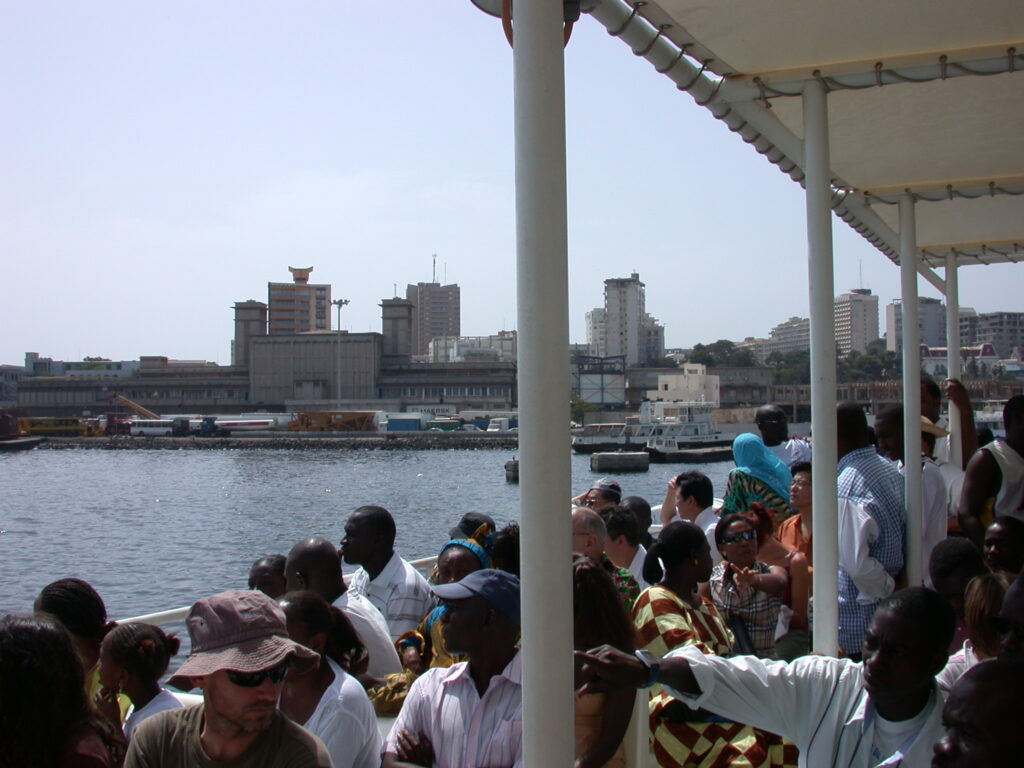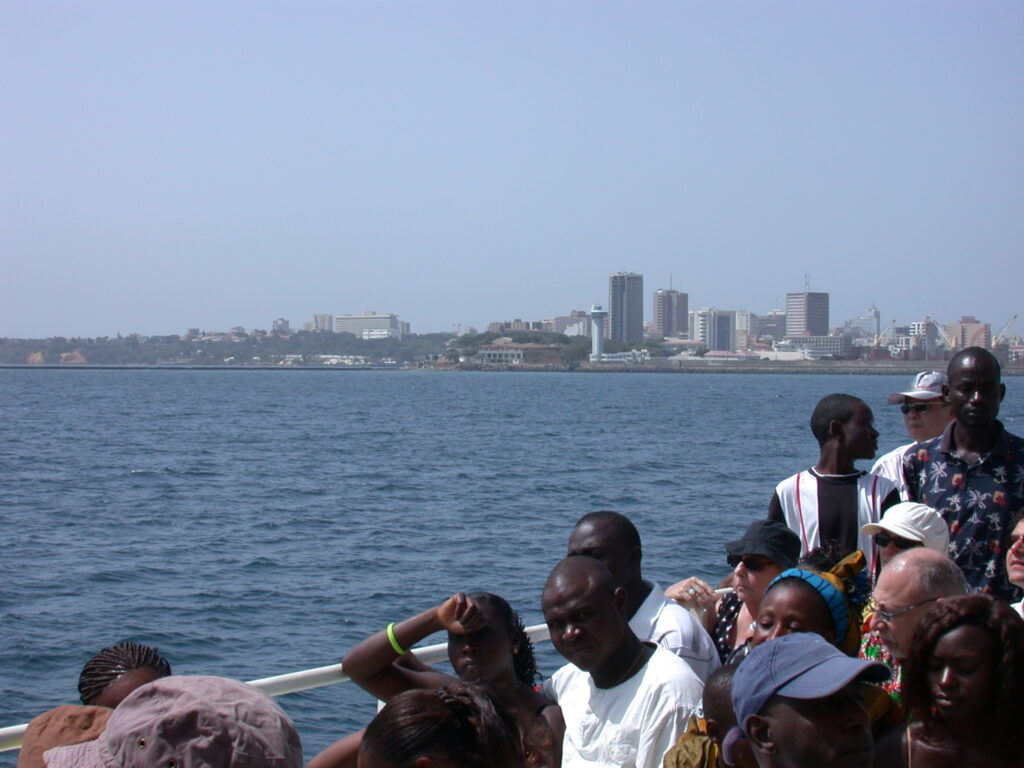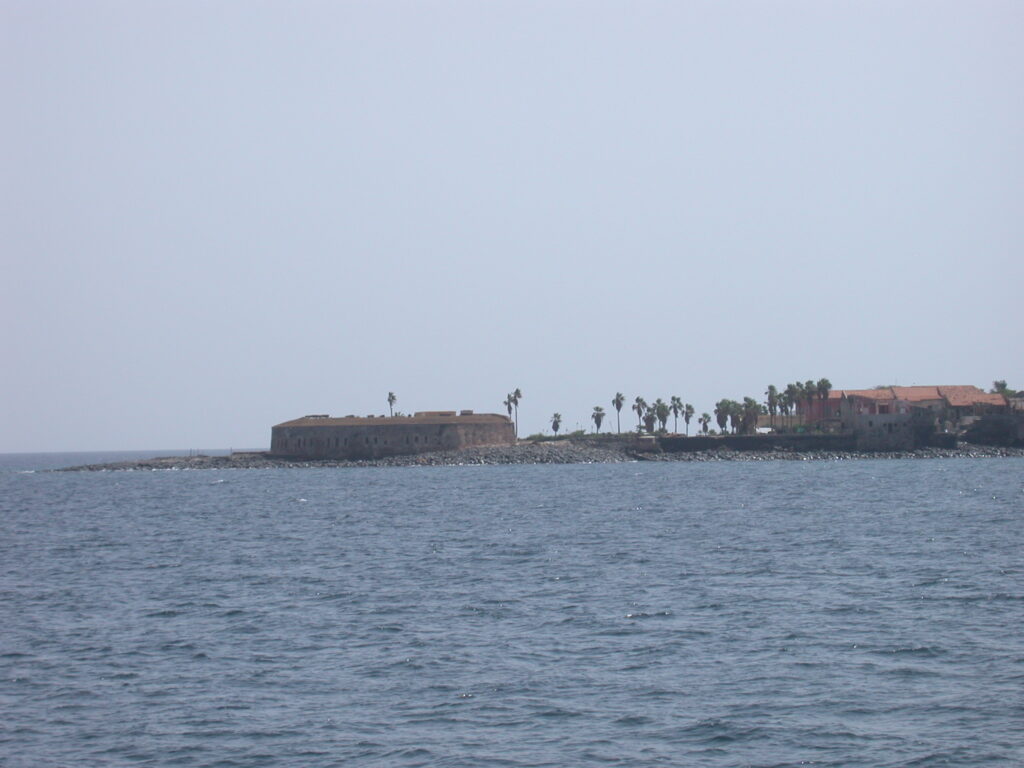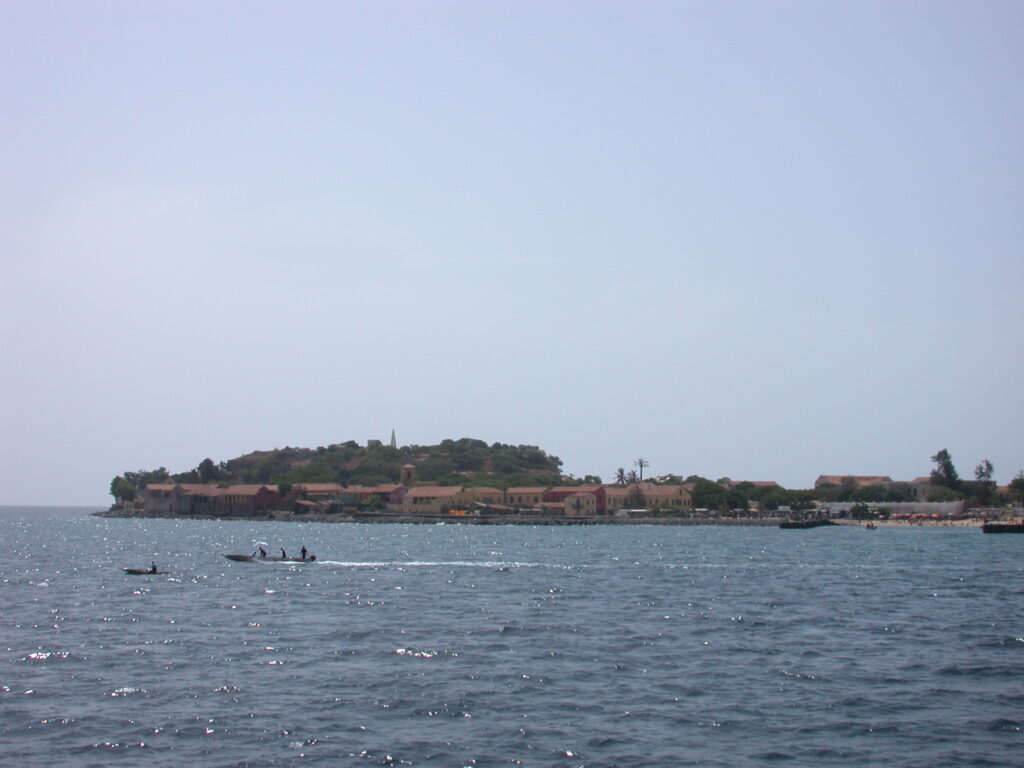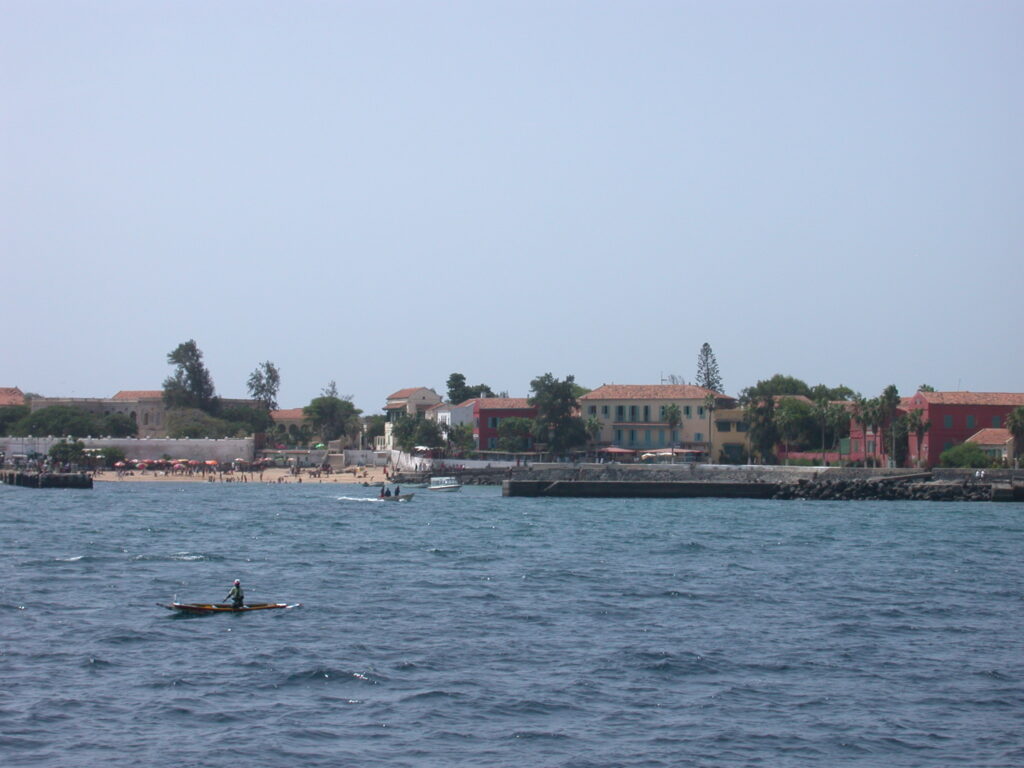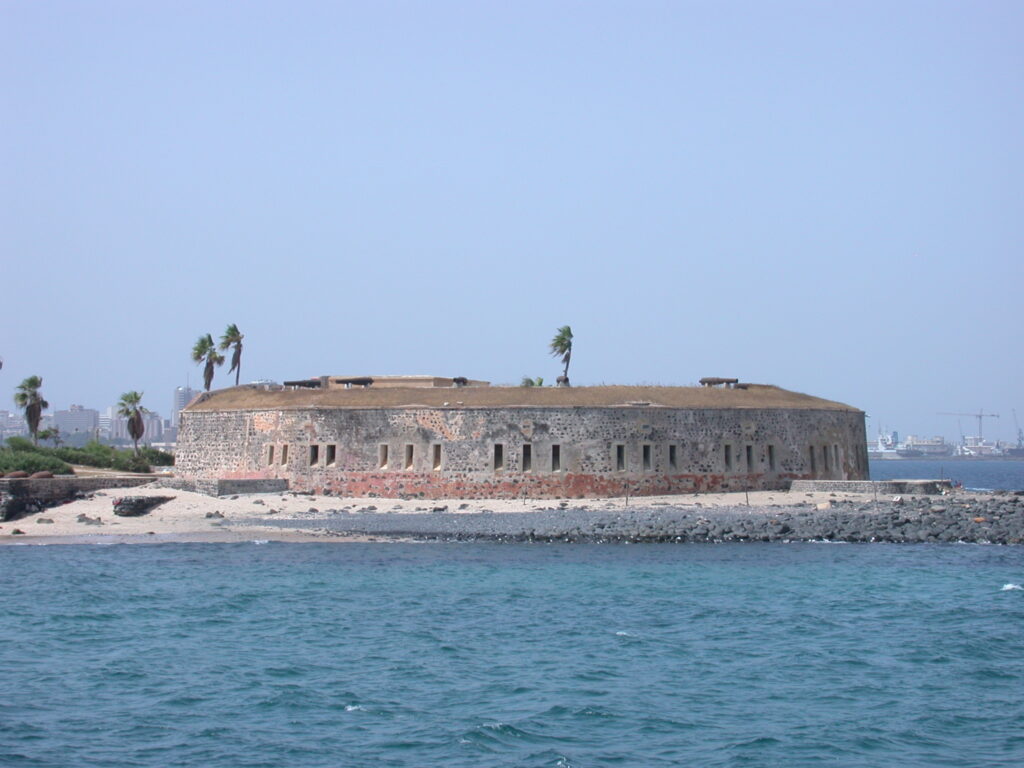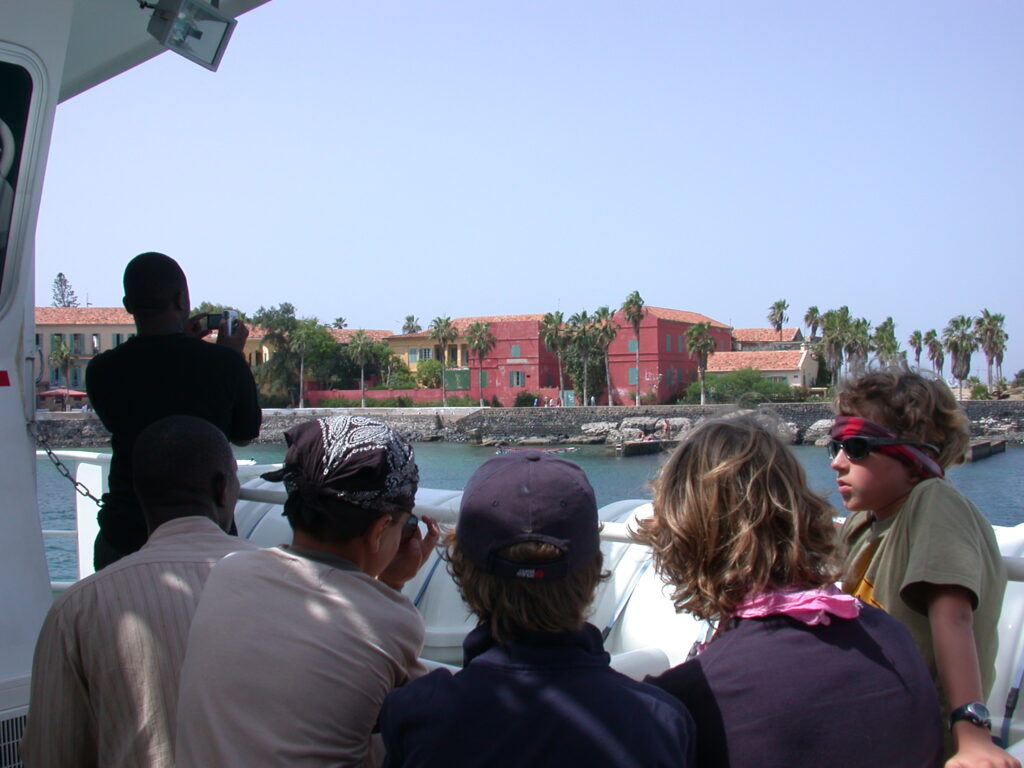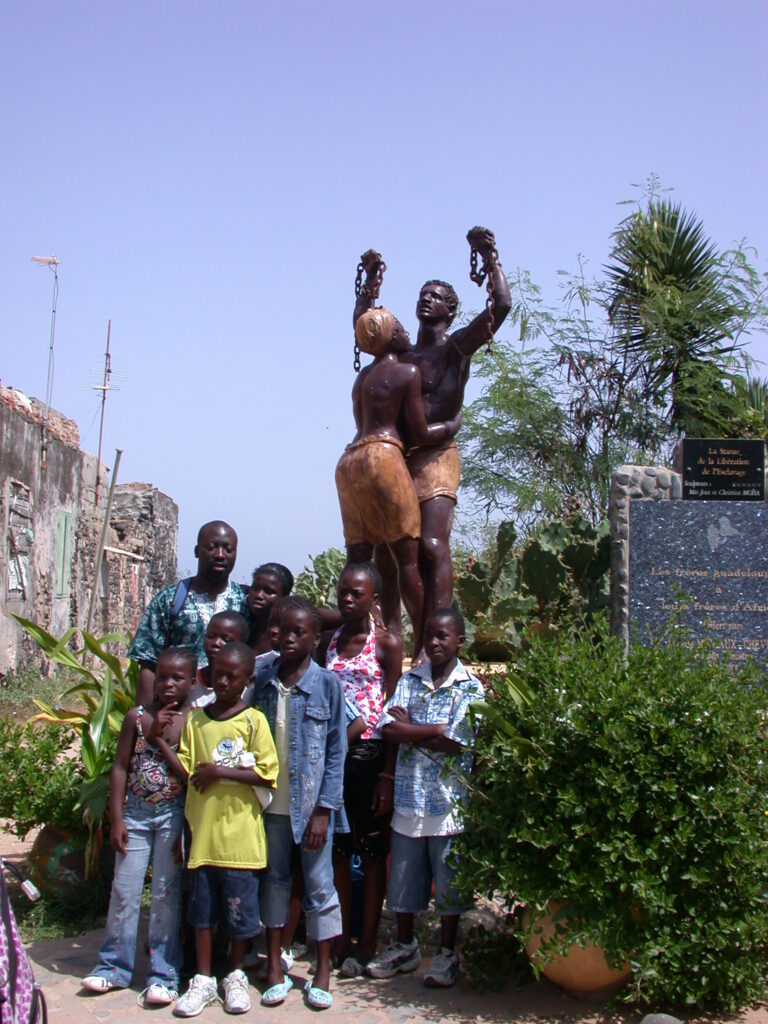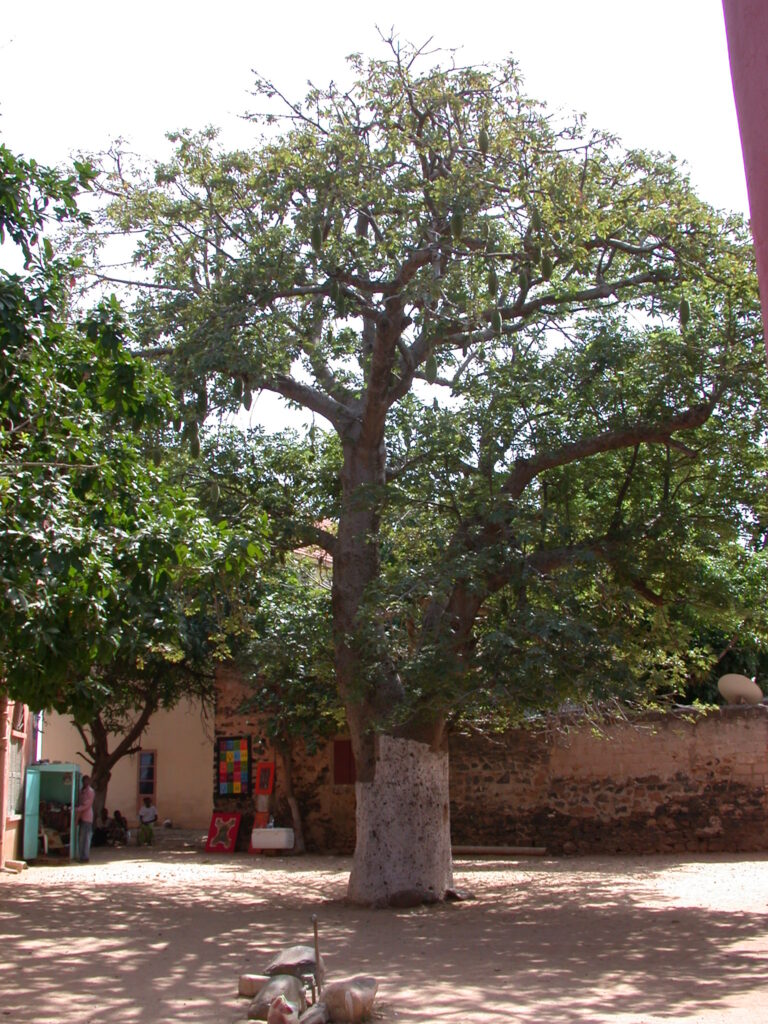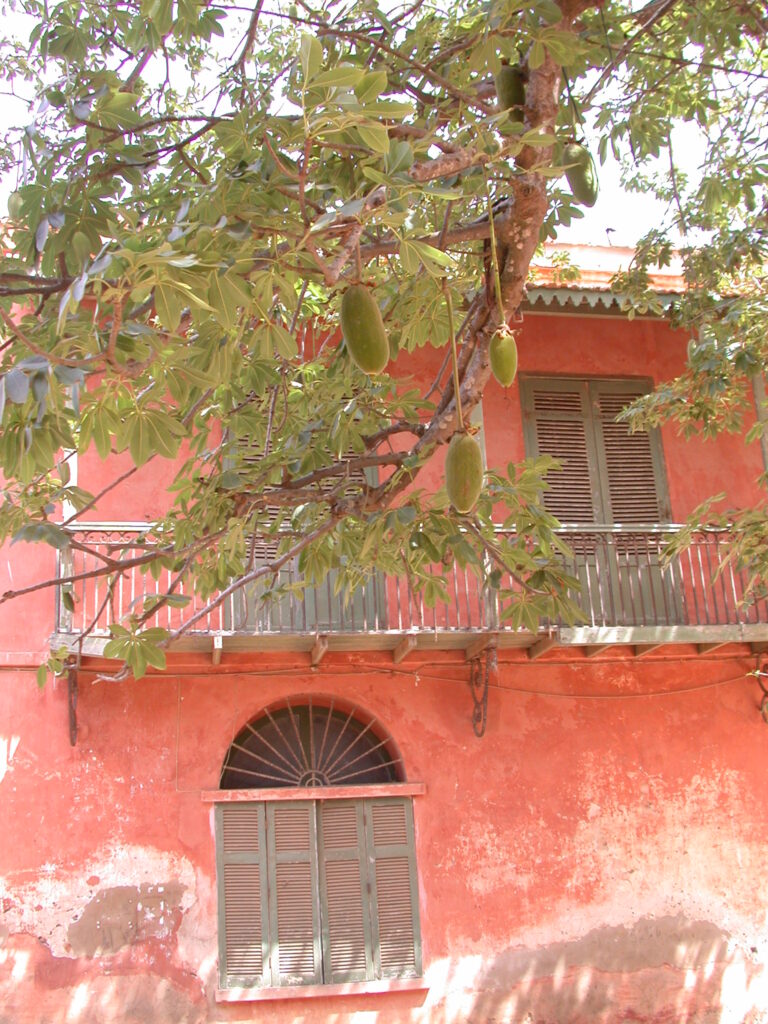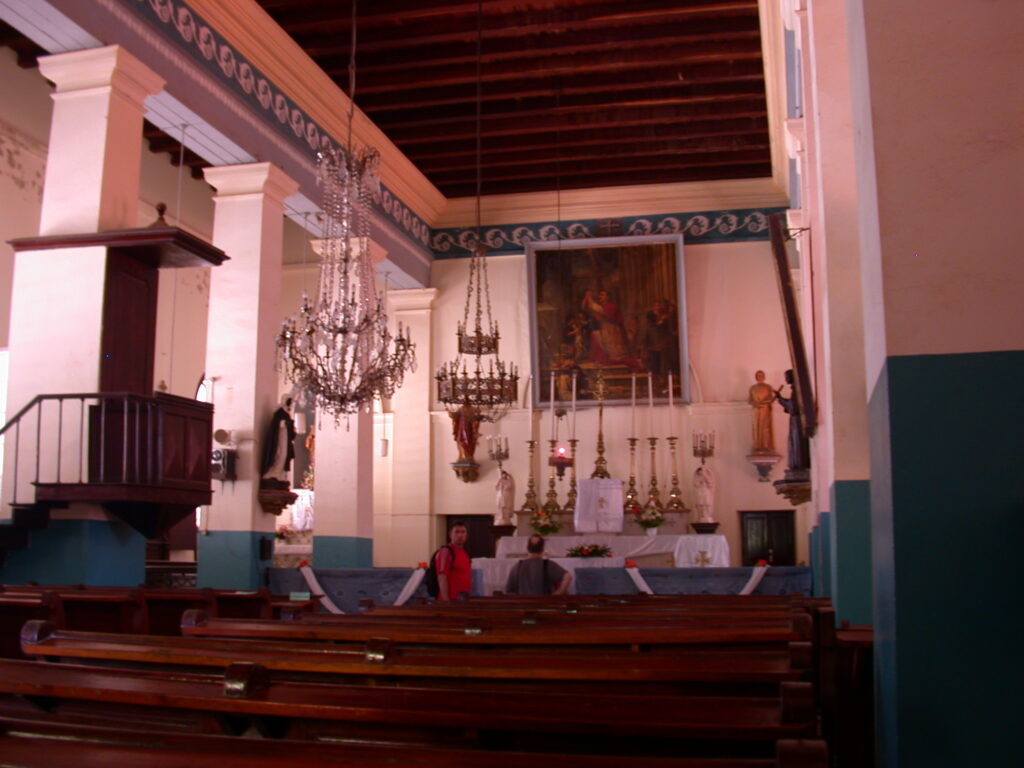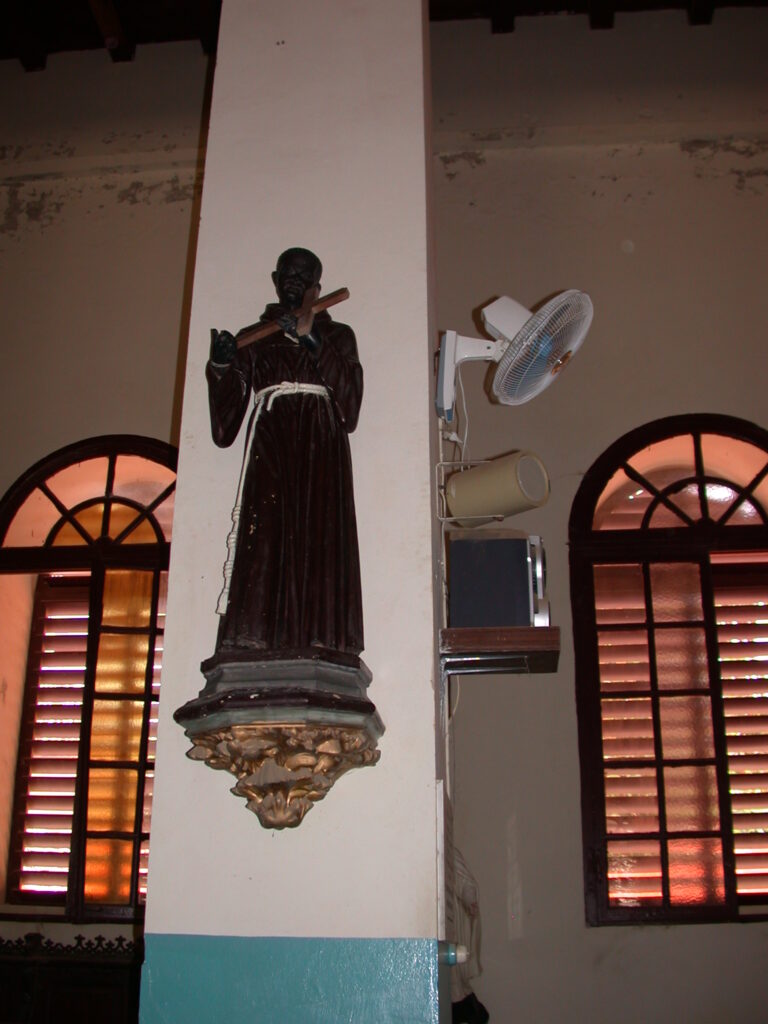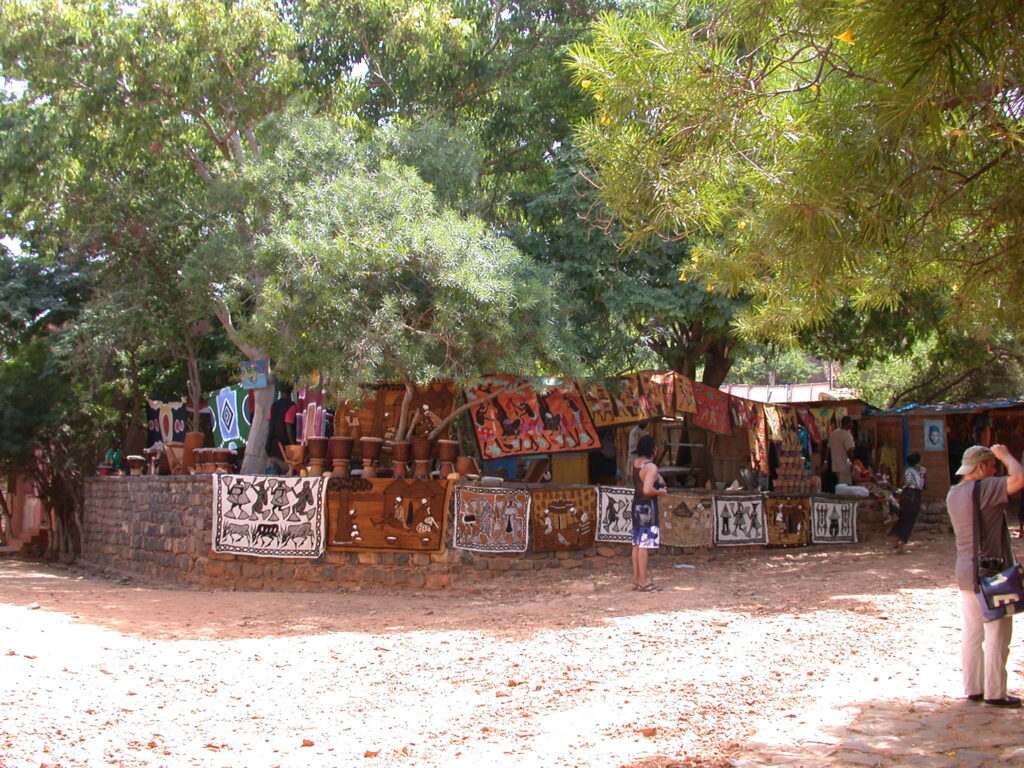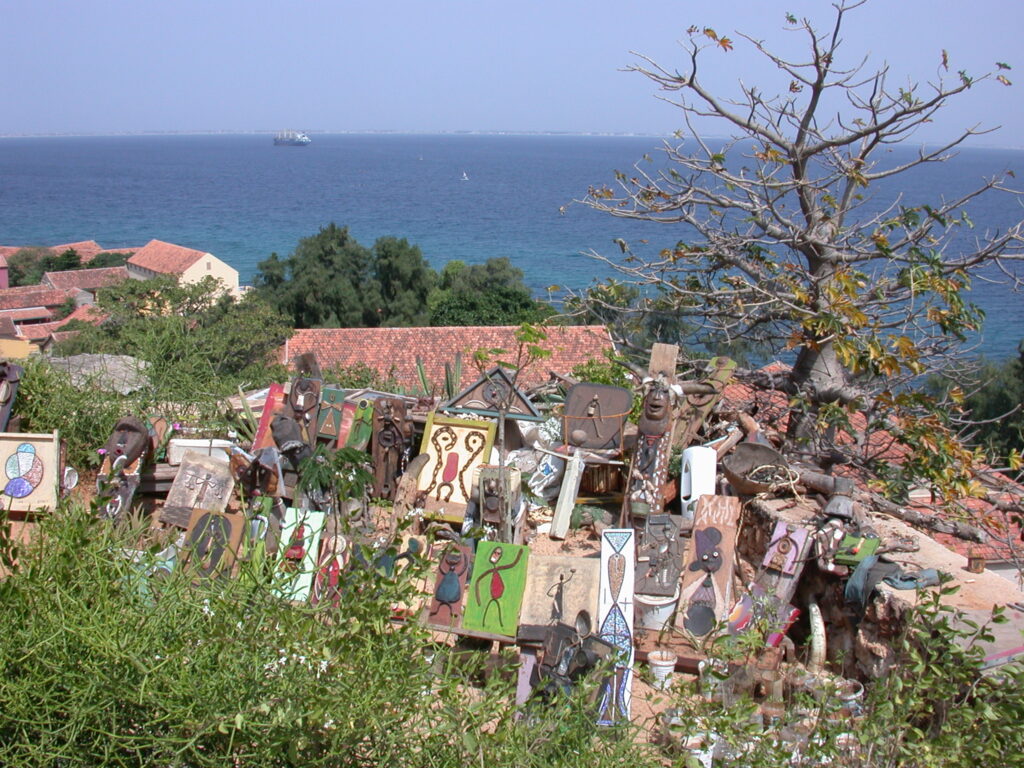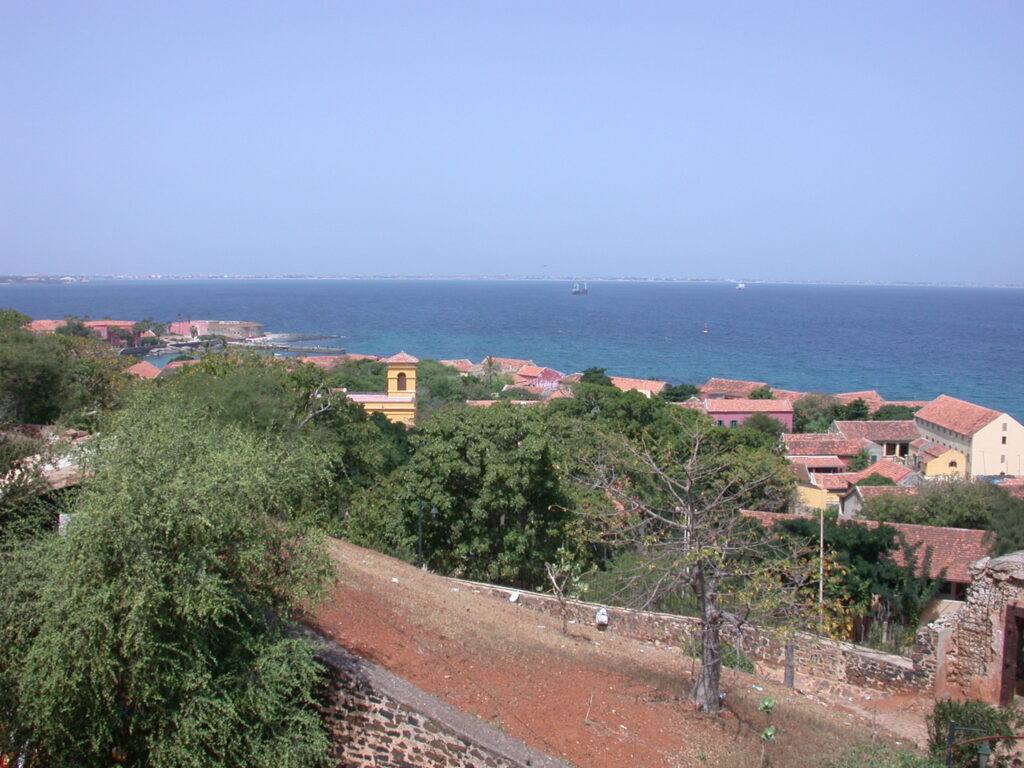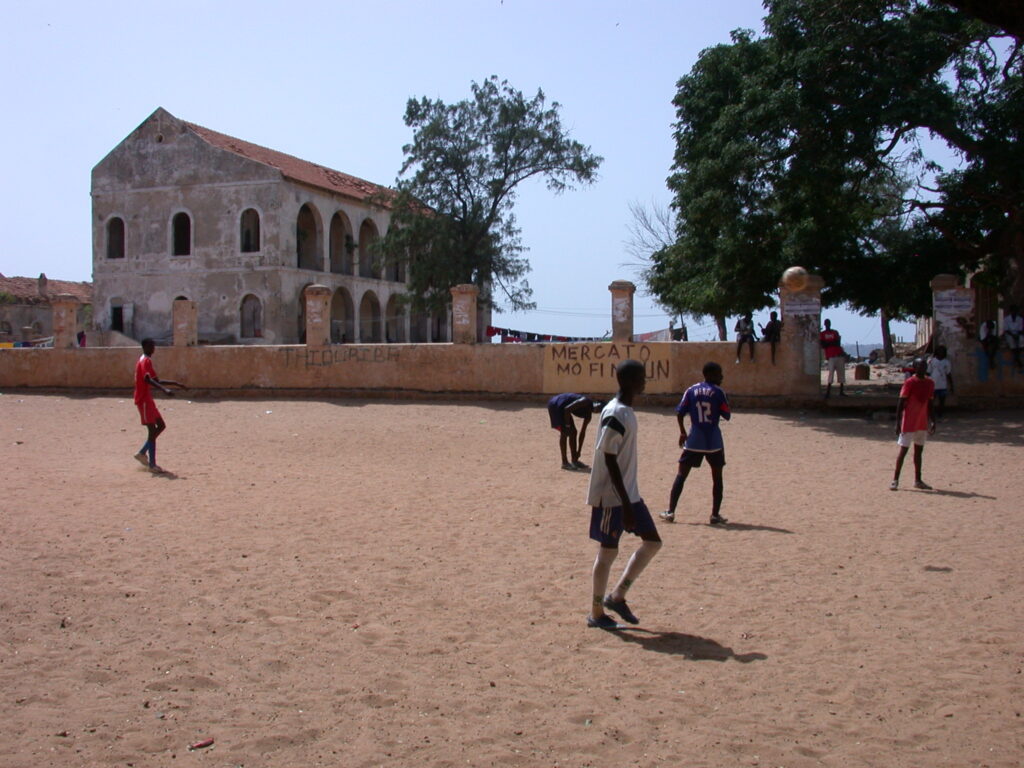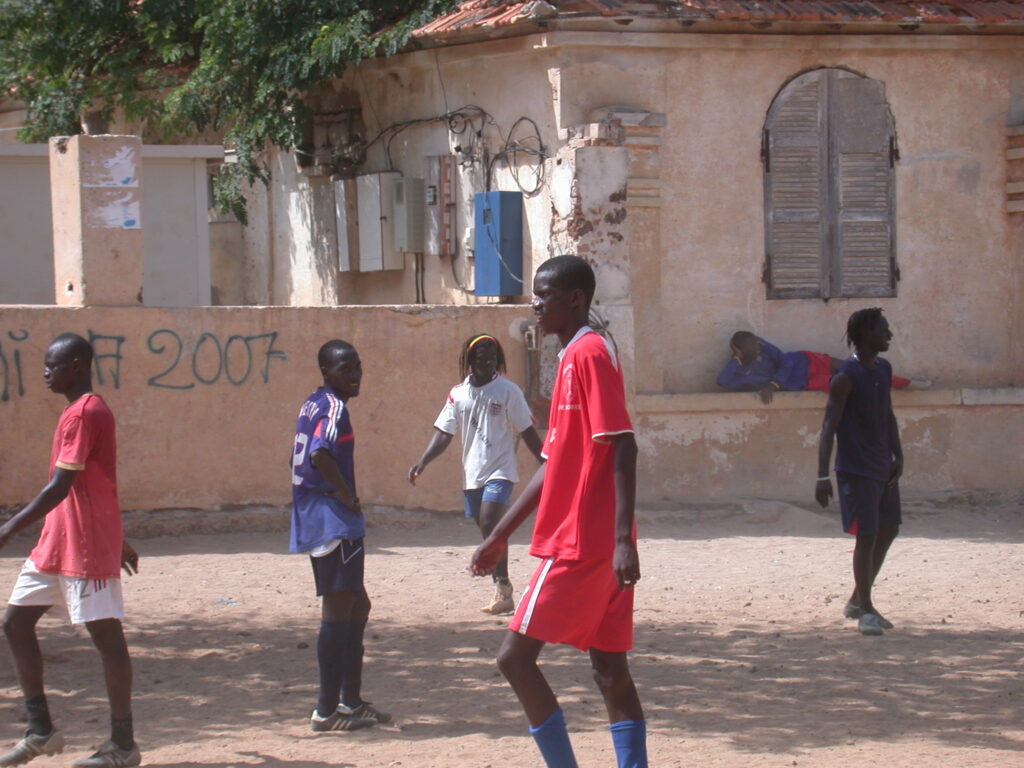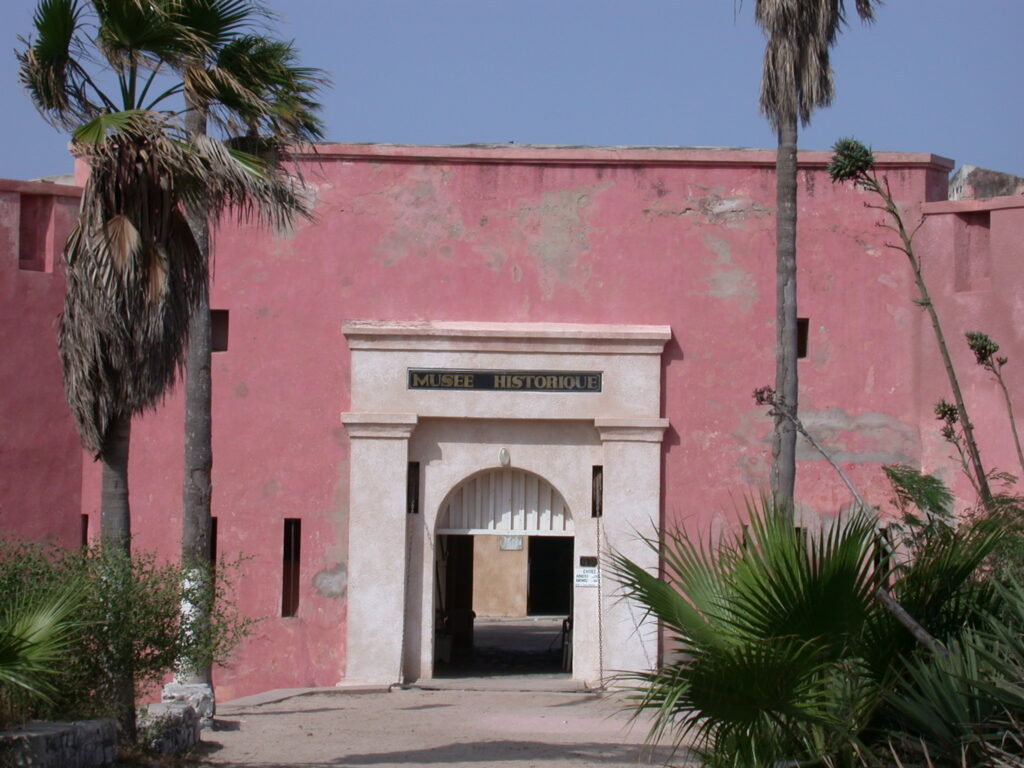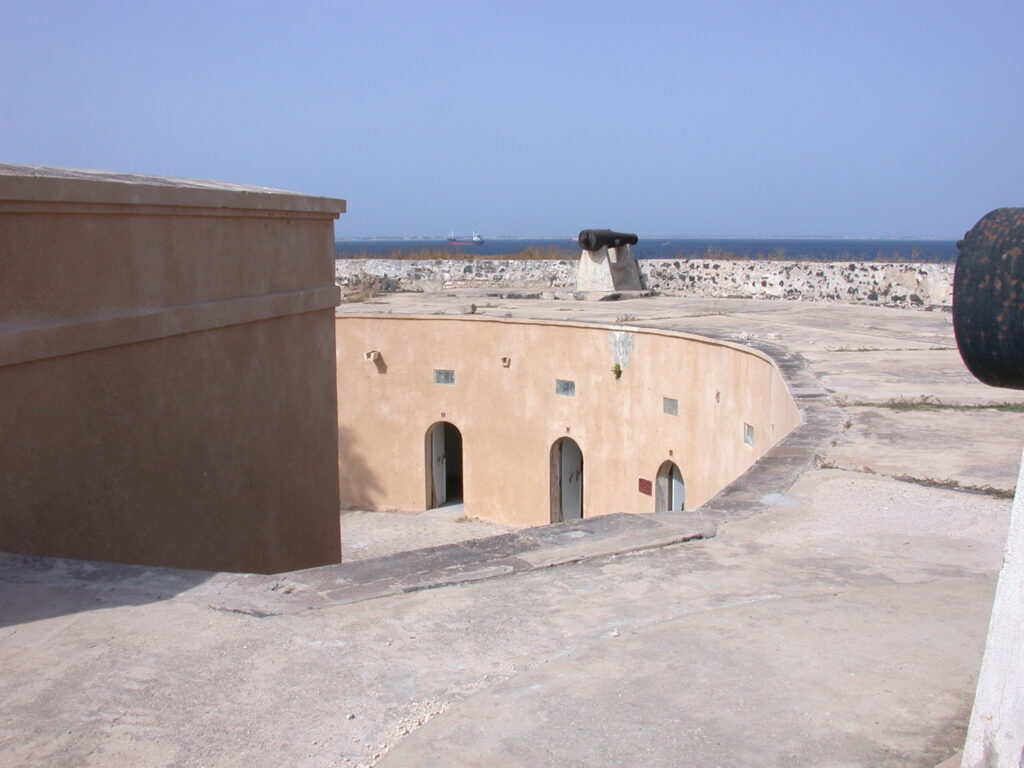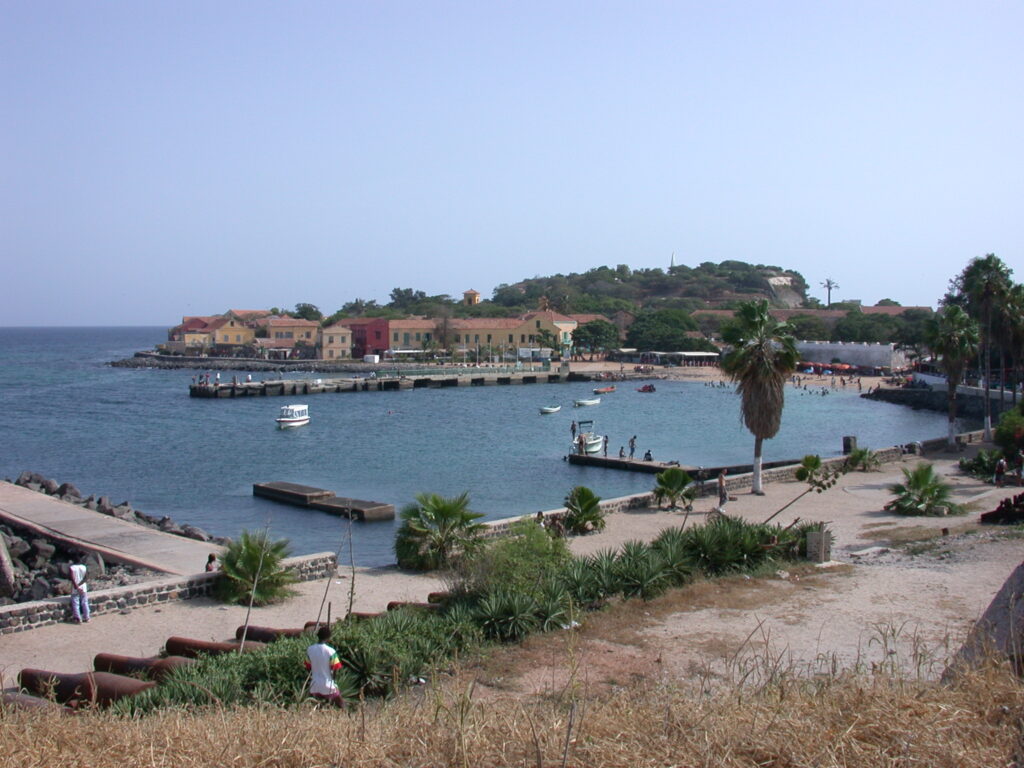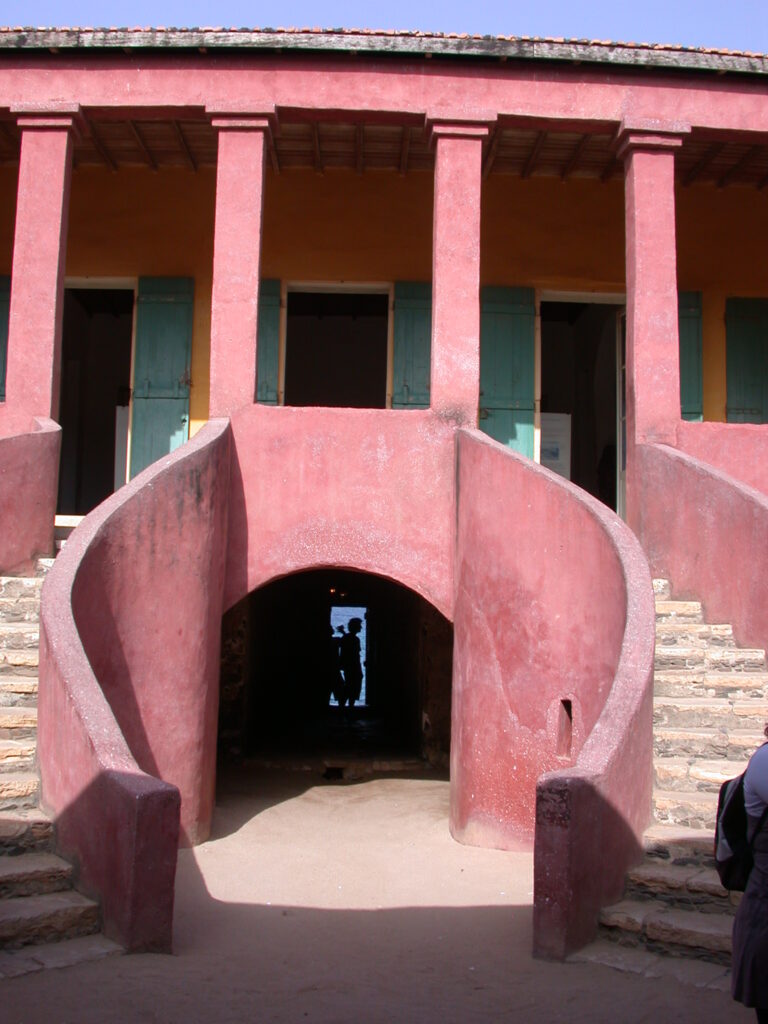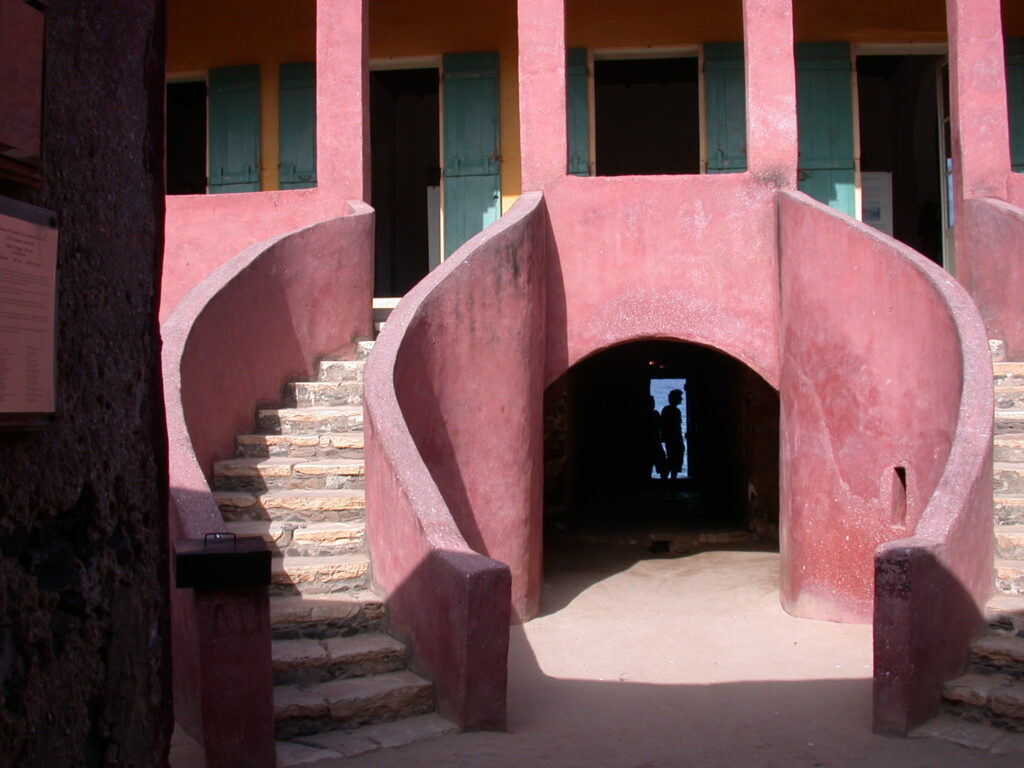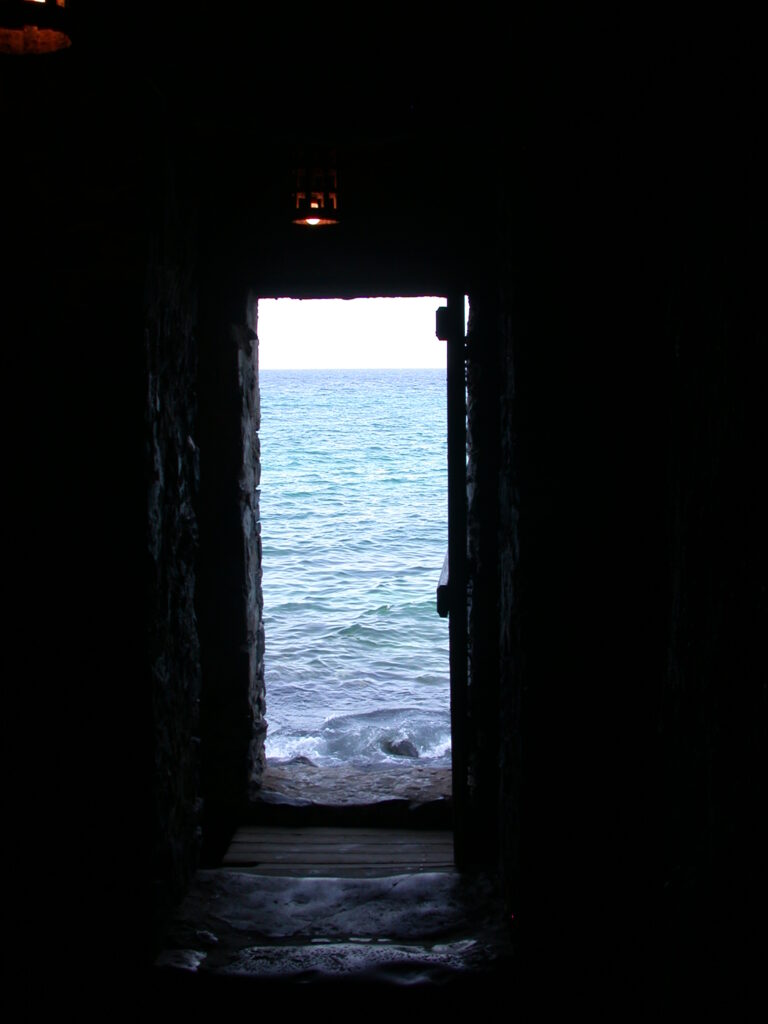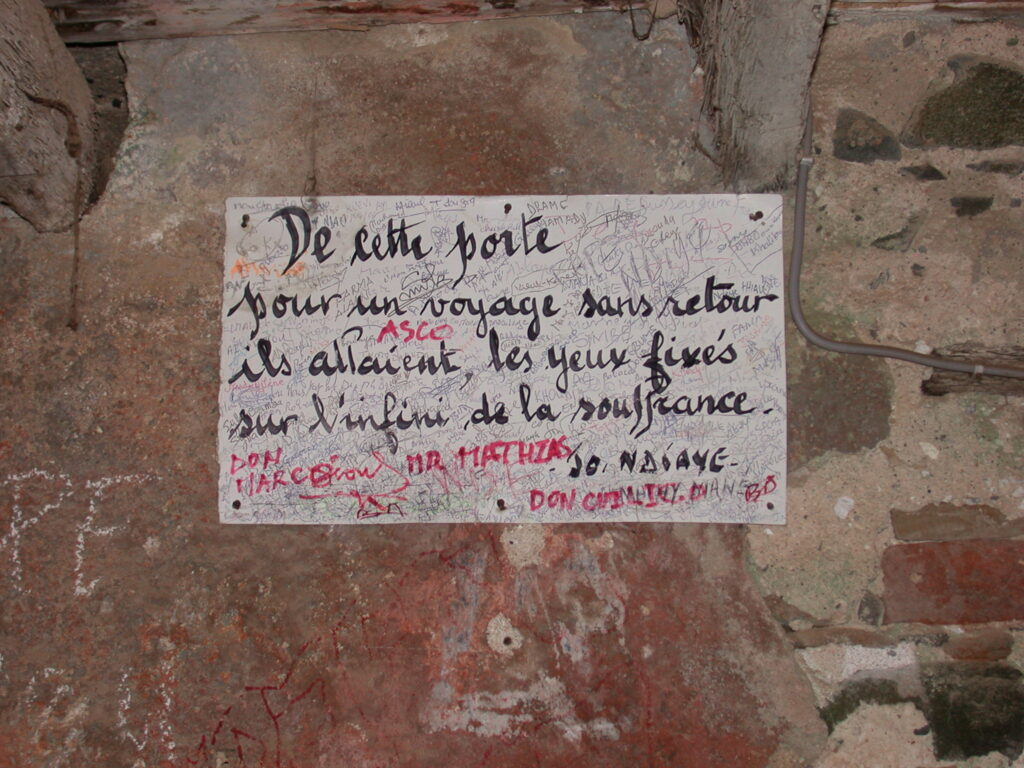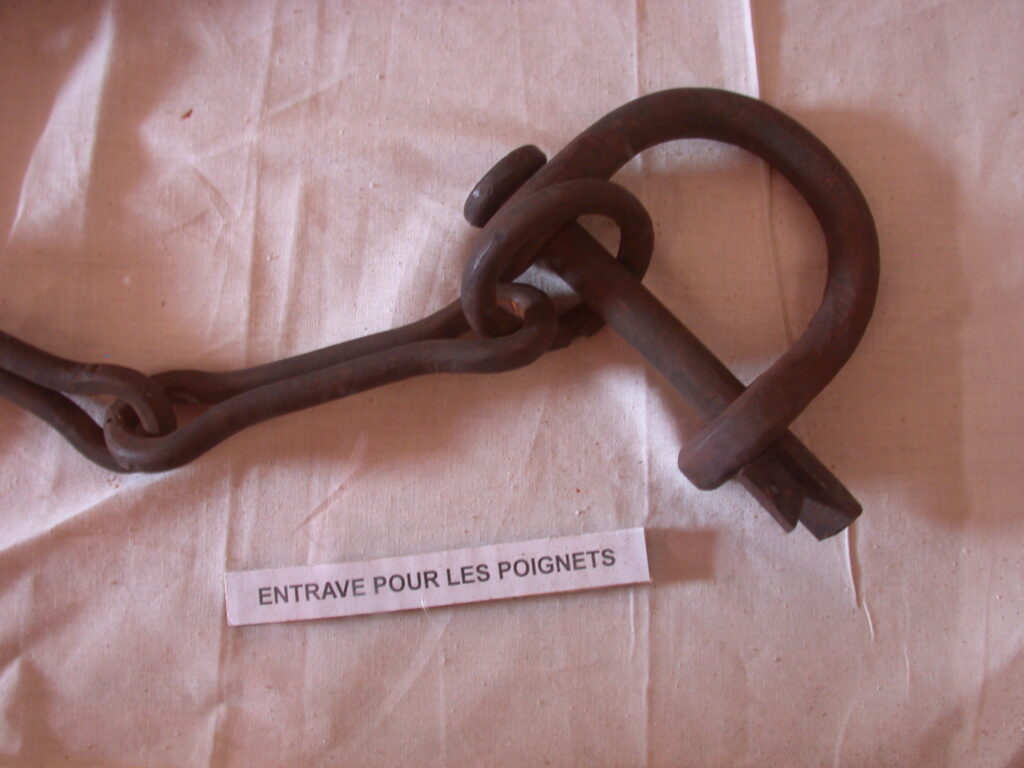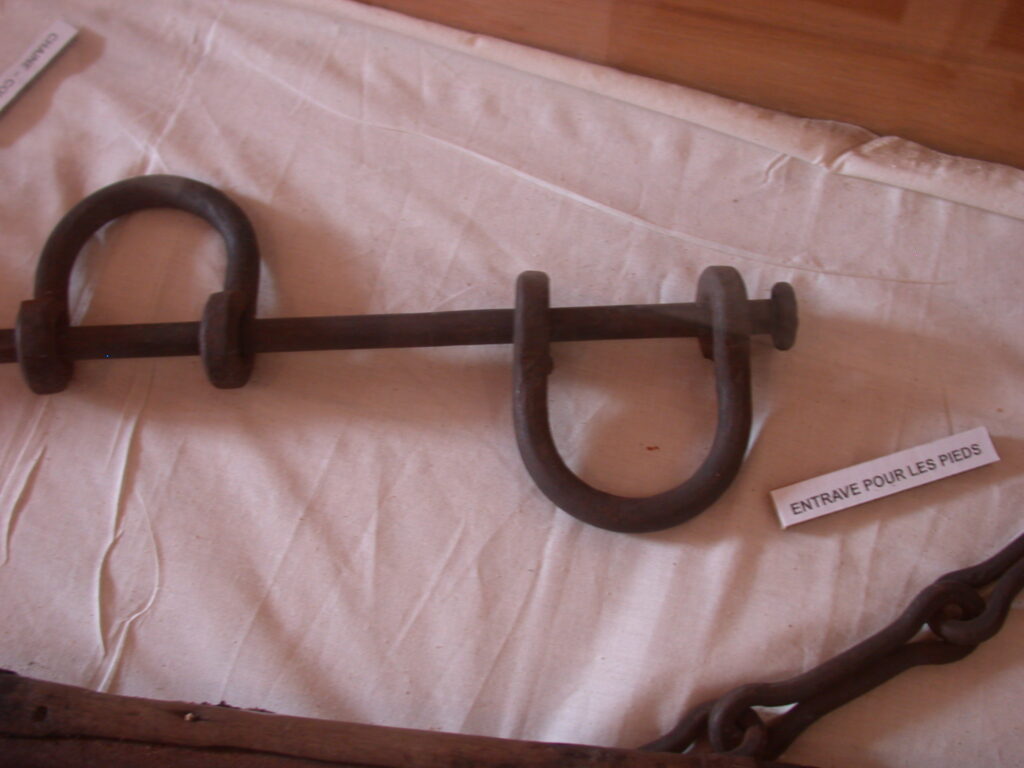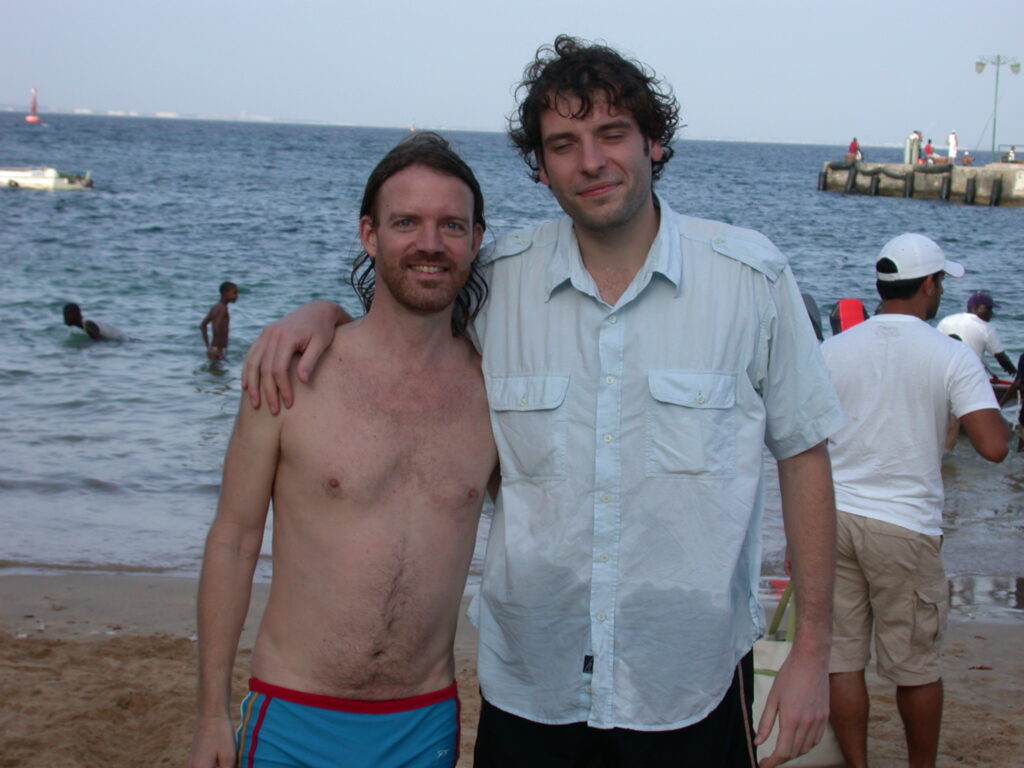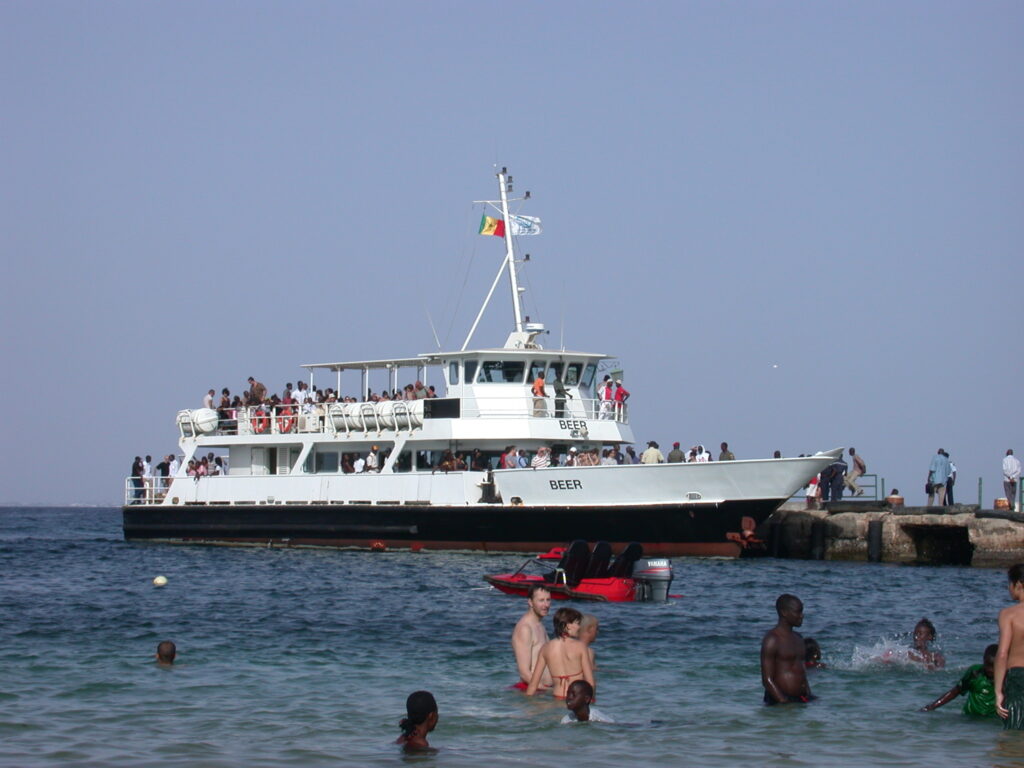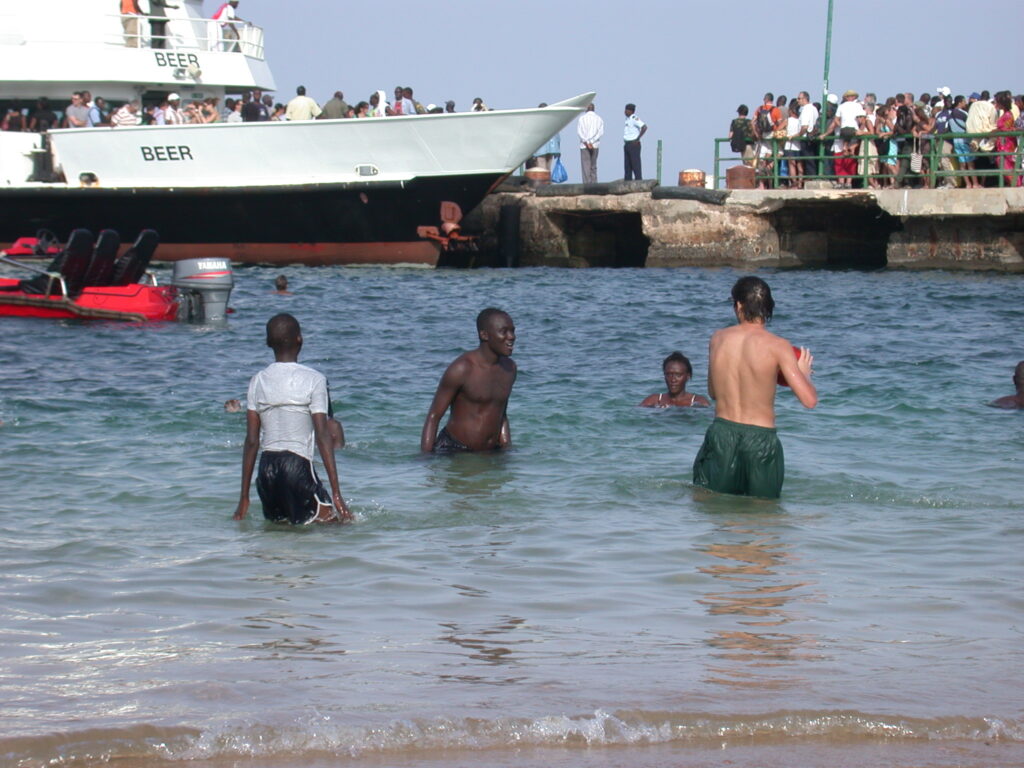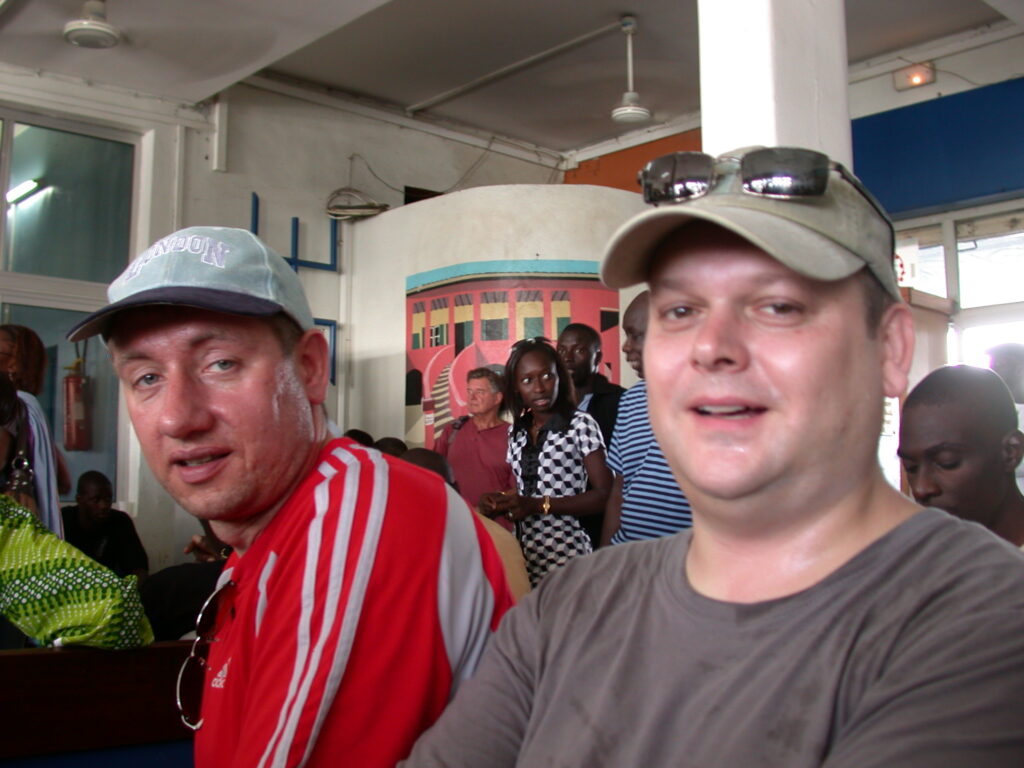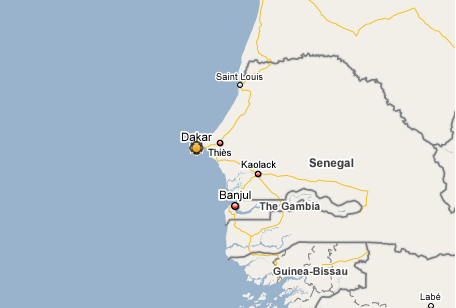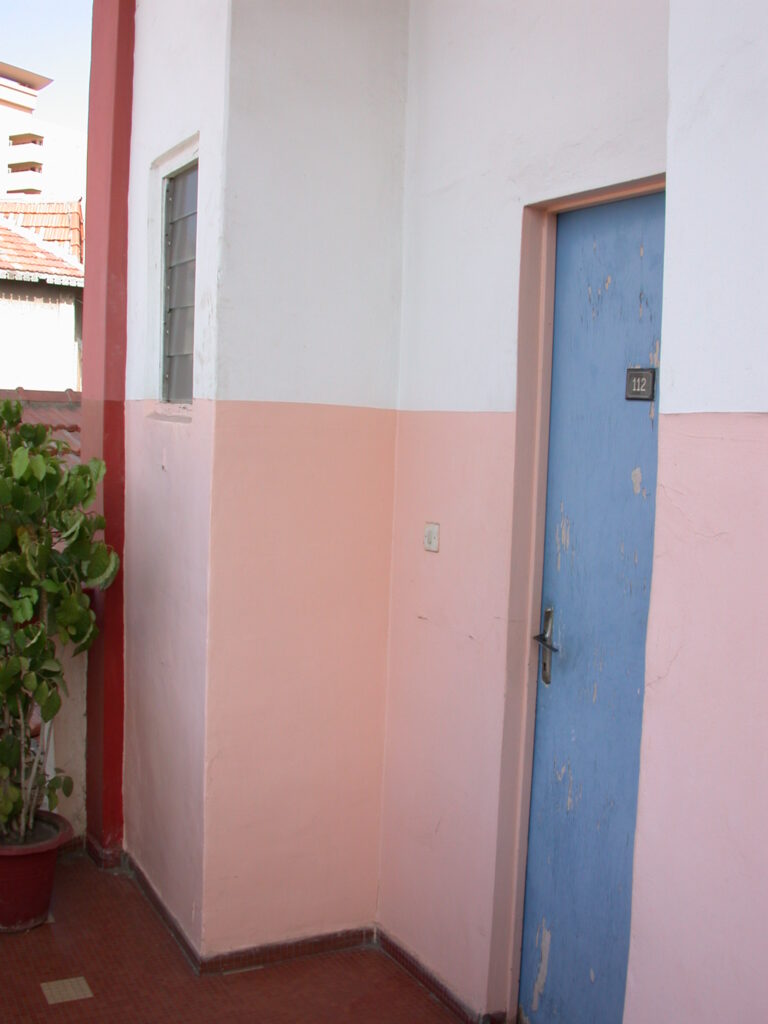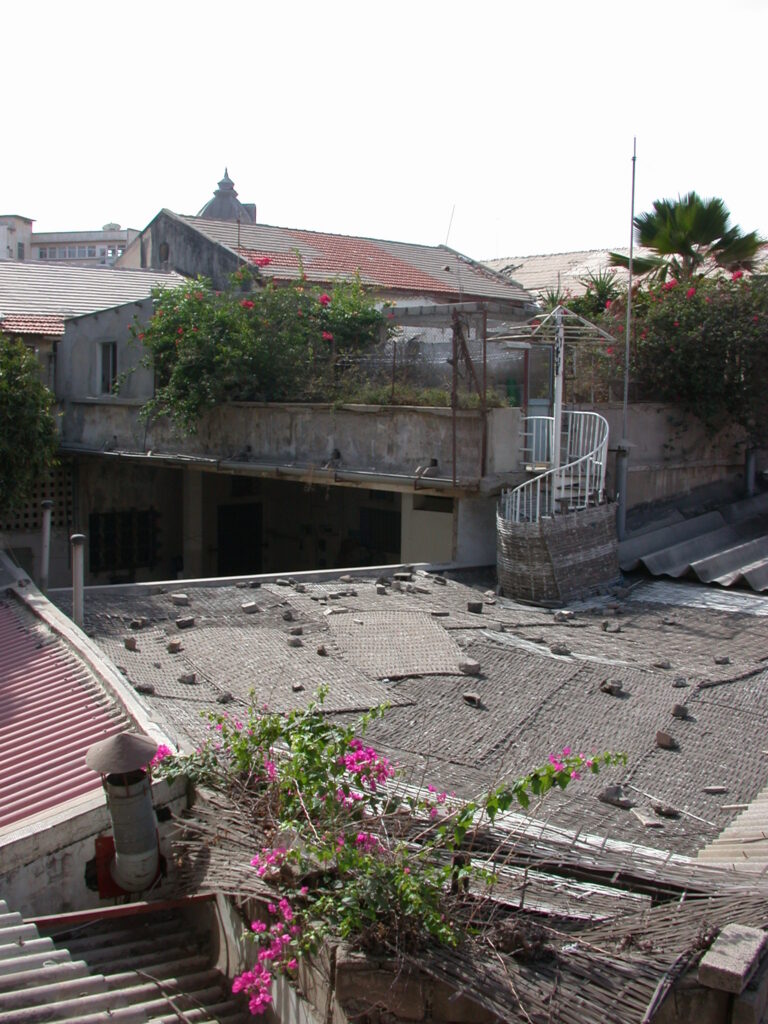November 8, 2007, Institut Fondamental de l’Afrique Noire (IFAN) Museum, Dakar, Senegal
Due to an unfortunate incident with a young man who was trying to steal money from me, I spent my last evening in Dakar cooped up inside the hotel. Part of the evening was entirely dark due to a blackout. The hotel chef was kind enough to prepare a vegetarian meal for me and I met an interesting Algerian business guy for a chat at the hotel bar.
My final day in Dakar, I went to the Institut Fondamental de l’Afrique Noire (IFAN) Museum.
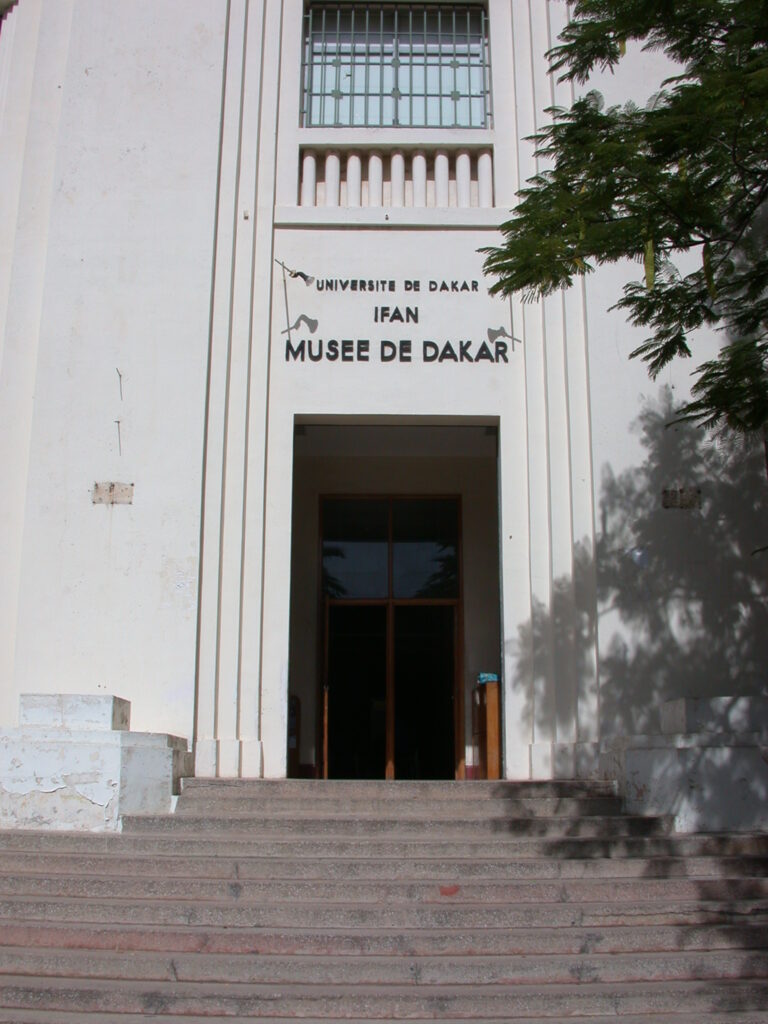
The museum had interesting exhibits of the various peoples of West Africa and their masks and other ritual objects. I took a lot of notes.
Afterwards, I tried to mail some heavy documents at the post office. I had to take a taxi to a special post office for mailing packages and they told me it would cost almost US$100 to mail 7 kilos of printed materials. I decided to wait for Mali to see if it would be cheaper. The taxi rides around town and to the airport provide an excellent opportunity to get an idea of the terrain in Dakar.
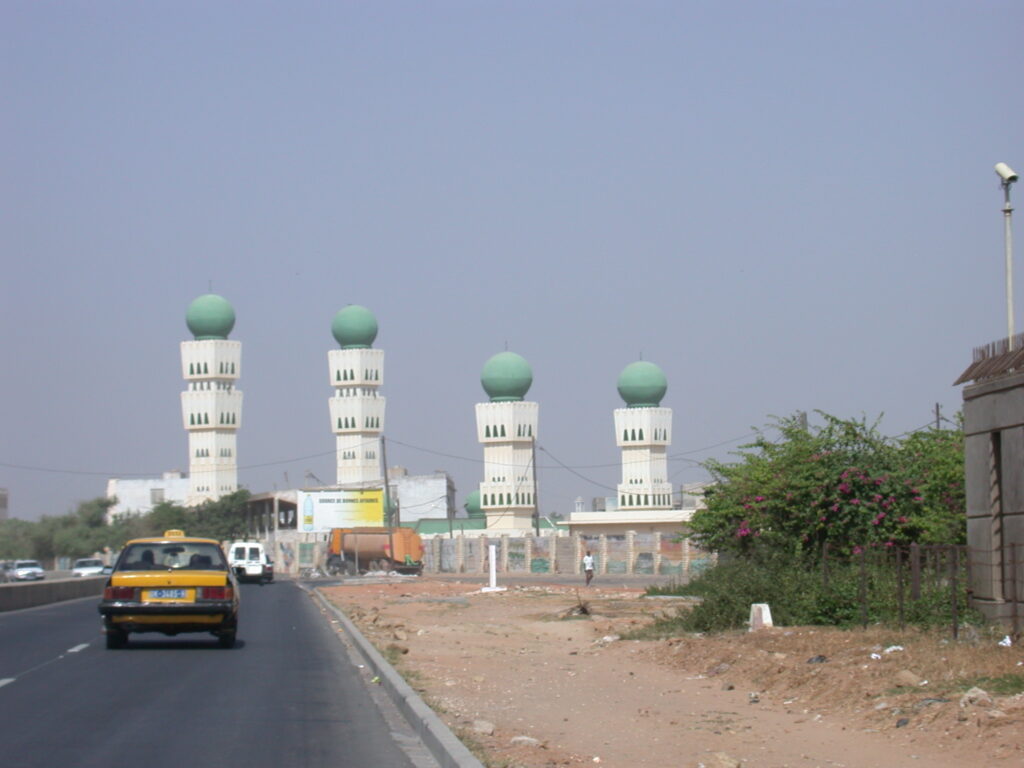
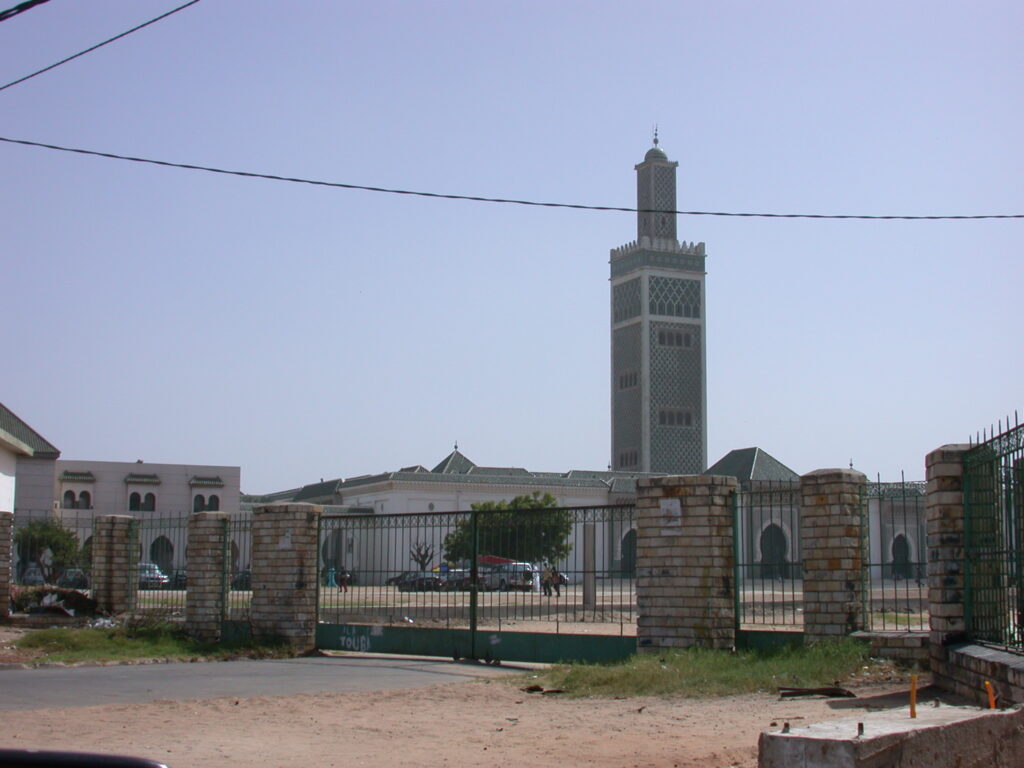

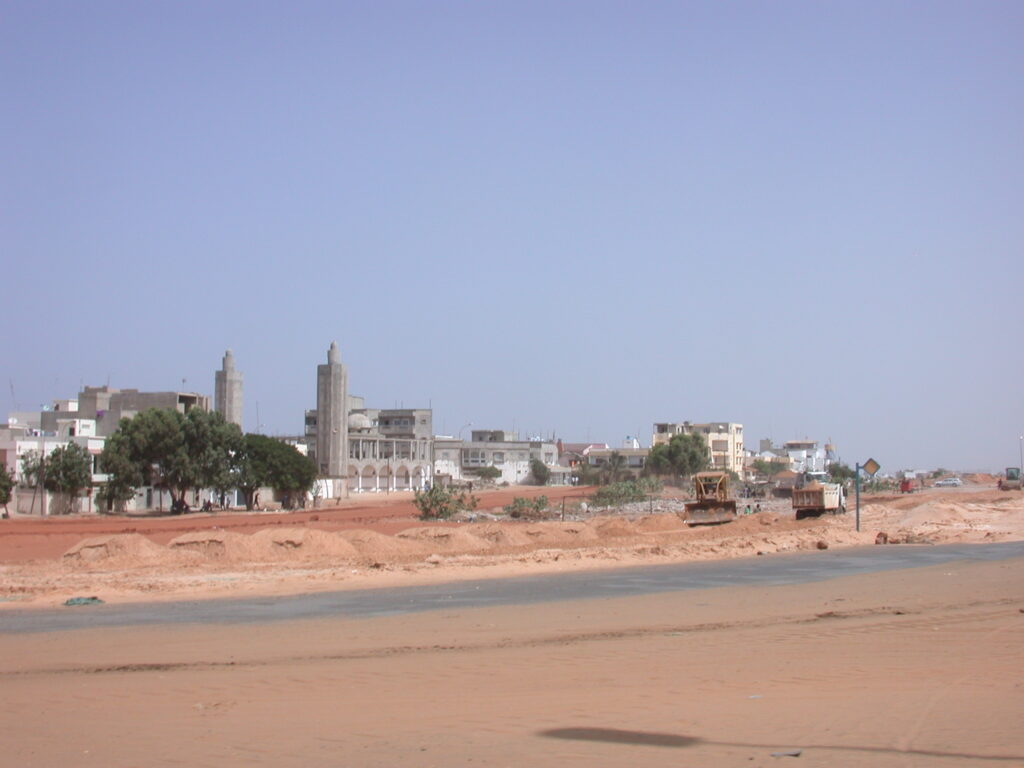
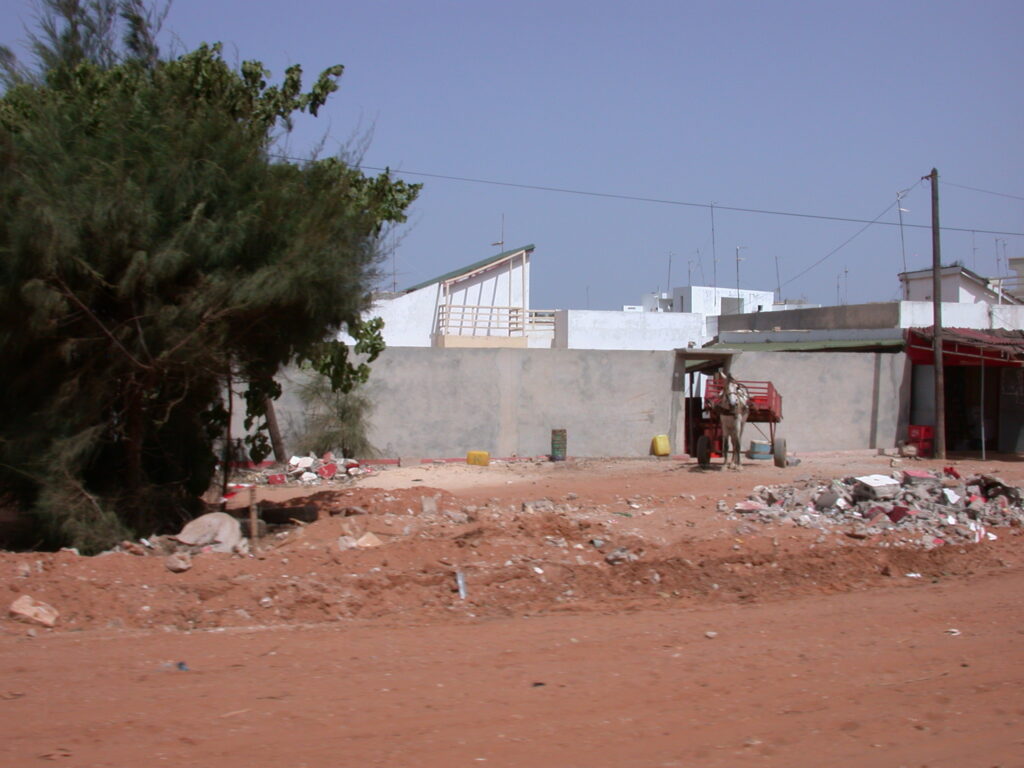
Notes from IFAN Museum in Dakar:
Women’s initiation, Mande, Sierra Leone, masks showing stages of initiation
Nigerian sanctuary statues from near Port Harcourt, River State
Ekoi, Nigeria, Janus helmet, River State
Initiation of boys, Bassari, Senegal, circumcision at age 13, to become a man and learn mystical, technical, and artistic knowledge, large round masks around face with frame structured
Initiation of boys, Boukout or Bukut, Diola, Senegal, every 20-25 years in different villages, announced 3-4 years in advance, ceremonies, festivals, dances, sacrifices, Kuisen ceremony — maskes with horns called ejumba, in Balingore region other masks called samaï and niagarass
Diola, Senegal, couple statuettes, Bignona
Diola, Senegal, giant carved wood pitchers with handle (shape like beer stein) for palm wine, Ziguinchor regionally
Baga people in Guinée, banda or kumbaduda is long horizontal mask combining royal crocodile, chameleon, antelope, and human imagery with colorful geometrical representations, man metamorphosing into a genie
Baga, tam-tam drum on wood stand
Bidjogo, Guinée, archipel de Bissagos, Ile de Ponta, hippo mask
Ghana, Ashanti, Asipim, ceremonial chair, wood, leather, and copper(?) tacks
Ghana, Ashanti, large ceremonial tambour drums, pegs mid-level stretch animal skin attached by cords over the top, intricate geometrical and symbolic designs on base
Ivory Coast, Sénoufo, maternity statue — baby at breast, statue of woman
Mali, Segon (or Ségou), Bamabara, “Chi-Wara” or “Tyiwara”, worn on top of woven cap with cowries, i.e. top of head, one of six “confrèries” in which Bamabara is initiated, mythical hero related to cultivation of the earth, also stylized antelope carvings
Nimba and D’mba, of the Baga and others, ideal image of feminine in society, also have fecundity figure, both with pendulous breasts
Boke, Guinée, Baga, Yombofissa, ritual animist object for female initiation preparation
Kout’ala (or Koutiala), Mali, Manianka wood statuette of mother carrying child on back
Cameroon, Bamiléké mast for curing sterile women, has lengthy phallus
Benin, Porto Novo, Tôhôlu statue representing water spirit with HUGE hanging phallus
Ghana, Kumassi (Kumasi), fecundity puppet, Akwaba statuette, shaped almost like ankh symbol (see drawing in journal)
Ghana, Cape Coast, Fanti puppet for fecundity
Ghana, Kumashi (Kumasi), Ashanti double fecundity puppet
Mali, Sikasso, Manianka statuette, hands on belly holding face
Ivory Coast, Senoufo, creator of world god named Koulotiolo, mother of the village god Katiéléo
Pono (or Poro?) initiation rituals in sacred forests, three cycles of seven years is 21 years, receive ritual names at each level, proofs of endurance, secret language
- Poworo, children 7-12 years old, farming and intro to initiation
- Kwonro, adolescents, liturgical rites, ceremonial dances, and warrior training
- Tyologo, 12 levels depending on knowledge with top level called Kafa around 30 years old
Ivory Coast, Karogo, Senoufo, Masque-Cimier, Nayogo, beautiful cowrie-studded mask with beak and long tail
Senoufo info: present-day Ivory Coast, Burkina Faso, Mali, Ghana–
Poniugo = zoomorph masks
A. Helmet masks:
1. Poniubolo
2. Gpeligeniugu
3. Waniugo
B. Frontal masks:
1. Navigue
2. Nasolo (or Nagolo)
Kpelihe anthromorphic masks
1. Kpelihe korrigo
2. Kpelihe kodalu
Masques-Cimiers
1. Noukorgo
2. Niara
3. Najago
4. Goro
Statuary
1. Grand Calao: Setien
2. Maternity: Nong
3. Guardian: Nanferre
4. Pilon: Deble
5. Mythical Ancestor: Pombibele
6. Statuette: Madebele
7. Magical: Kafi Gueledo
8. Canes: Daleu
Masques Cagoules: Kodalu
1. Niongbelleque
2. Kouto
3. Kama
4. Kpakpayira
5. Yaladiogo (or Yaladogo)
6. Kakpolefala
7. Niarou
8. Yebligue
Mali, Dogon, days of mourning in which women wear cowrie masks covering their faces, other masks too, Mopti, Sikasso regions
Mali, Dogon, Mopti region, Bandiagara circle, pillar “d’abri des hommes”?
Several “magic” figures from Ivory Coast (masks for singers):
Yacouba
We
Man
Glé
Nigeria, Yoruba, Oya, Ibadan region, polychromatic mask, also statue of woman holding “une coupe”, Gélédé society for prosperity of women
Benin, Fon, Abomey province, divining cup, carved wooden bowl on stand in shape of bird, Pierre Verger received it from son of the last great Bokono king, also textiles with allegorical stories, colorful appliqué technique, also iron and copper “autel” for royal ancestors, Asen
Mali, Bambara, special clothing for hunter, triangular geometric design, also Ségou region — cane of culture with carved head on top, also marionette, also long mask of Komo society

